Before I tell you all about this new bundle of DAILY CALENDAR MATH for KINDERS, hop over to my store and grab this freebie. It is yours, free, until 1 August!
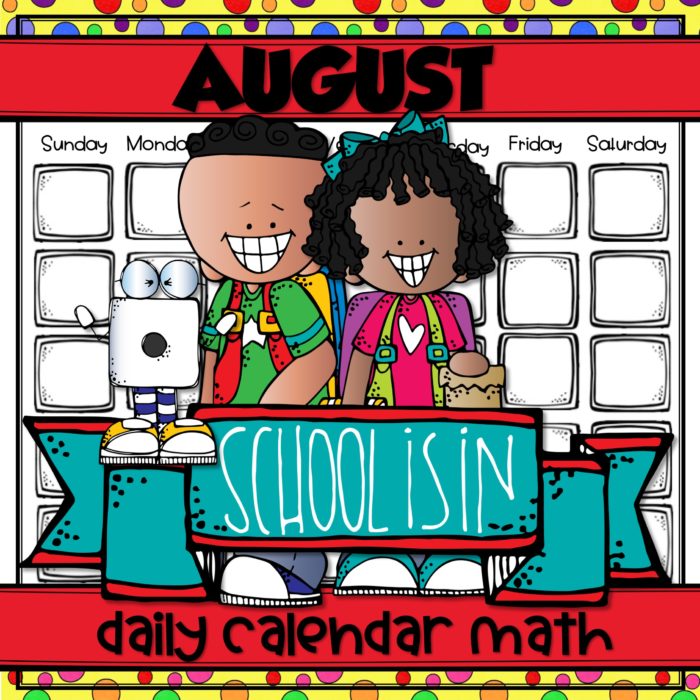
As you download each month, you will notice that you receive 3 files: 1. The DCMK file has all of the student worksheets. 2. The TLK file is a colorful Talk-To file that you can project via your Smartboard, or onto a white board and work the problems with your students. 3. The DailyLabel file has a set of Melonheadz day of the week cards (for your pocket chart calendar) and the yesterday, today, tomorrow cards for that month. These cards use direction and sequence to help teach your kinders a sense of time.
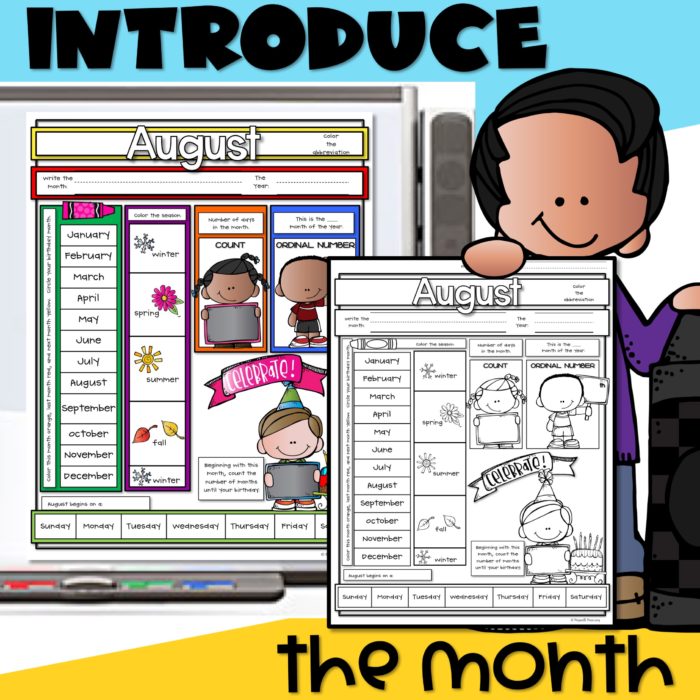
You will begin each month by introducing its essential components: how to spell the month, its abbreviation, its ordinal number, the months before and after it, its season, the year, the number of days in the month, what day of the week the month began and finally, how many months are left until your students’ birthdays.
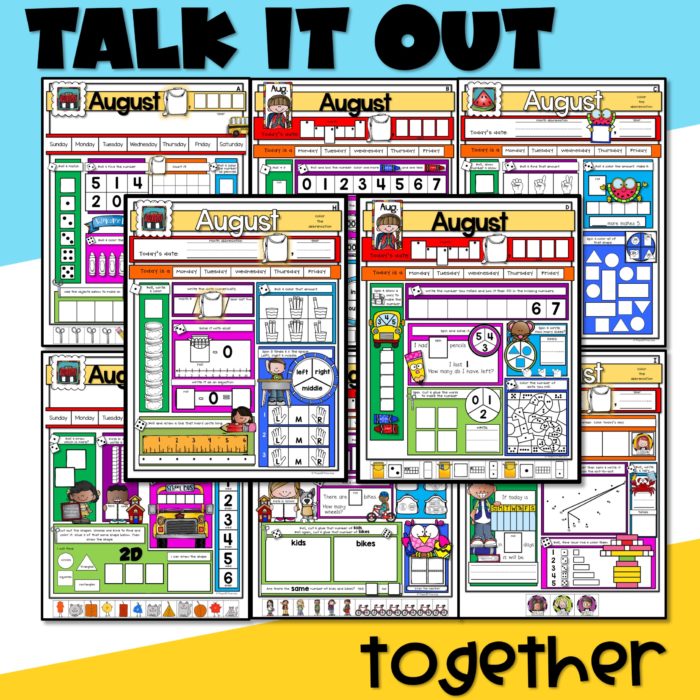
As I mentioned before, each month has a TALK-TO file. These you can project and “fill-in” with your students. Or you can simply use them to go over the directions. These TALK-TO sheets match the ones your students will be completing:
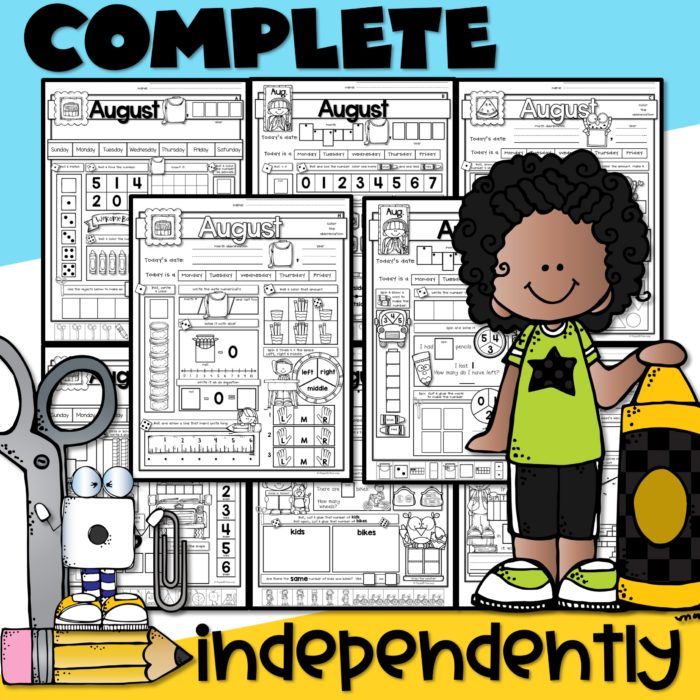
You can use manipulatives to help your students solve the daily math problems. This month focuses on the classroom, so they will count crayons, pencils, math cubes, Cuisenaire rods, Play-doh containers, kids, bikes, their fingers and pennies. They will need a die, paperclip–to spin, scissors, glue, and a crayon or pencil to complete each sheet.
There is at least one sheet each month that has a Cuisenaire rod problem. For August, the Cuisenaire problem focuses on identifying the value of each rod. Future months will ask your students to find rods that are +1 the number they rolled; find rods that =10; color the rods and skip count the number they rolled, etc. So, it would be helpful to have these rods available to build the Cuisenaire image.
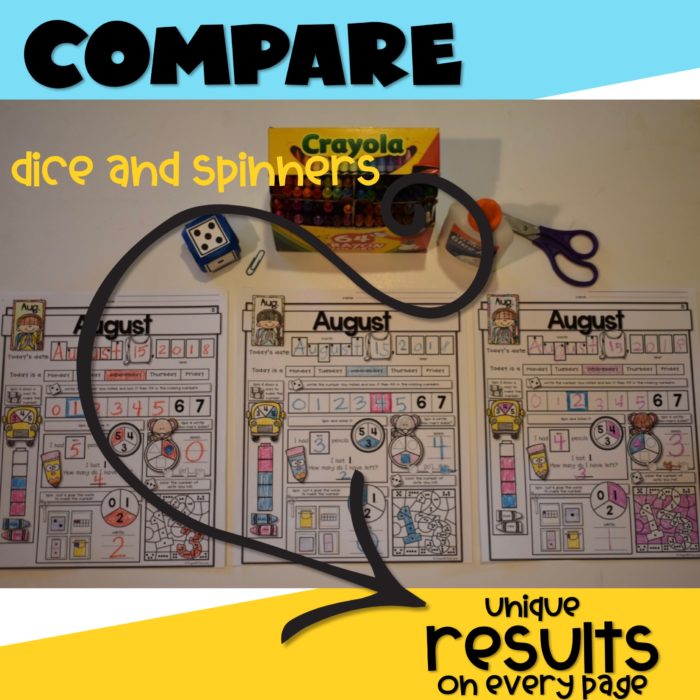
Since every problem uses dice or a spinner, you can re-use these sheets throughout the month–each time with new results. You could also have a small group MATH CHAT and discuss the unique results group of students had on the same sheet.
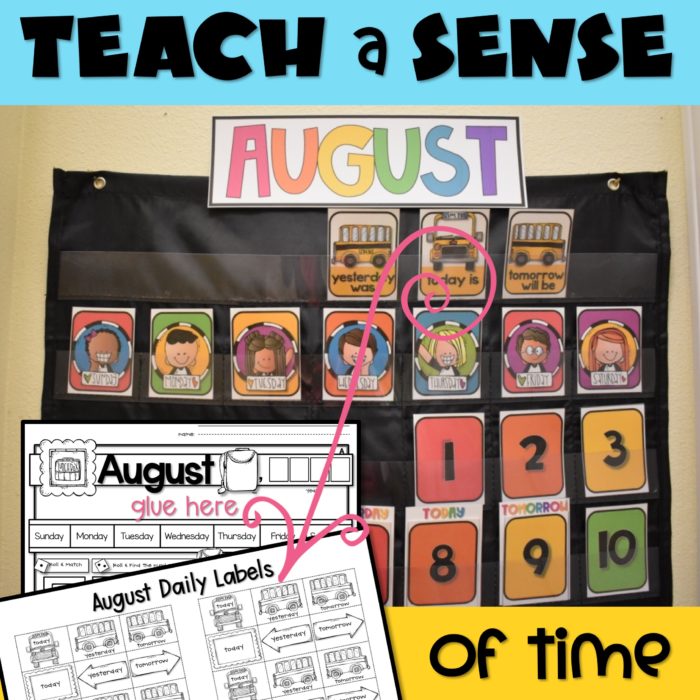
Finally, each month has its own set of daily labels. August focuses on direction, but subsequent months include sequence cards to teach a sense of time. Your students will use the daily labels on a few of their worksheets. But, you can use them with your pocket chart calendar. The calendar we use with DAILY CALENDAR MATH for KINDERS is called the KINDER CALENDAR and it is included in the bundle!
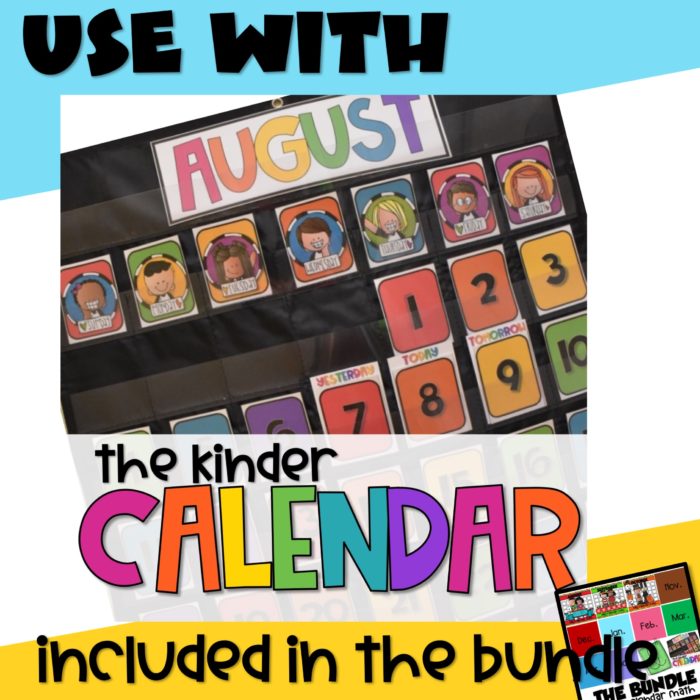
If you haven’t grabbed AUGUST, what are you waiting for? You are going to find this pack is not only a good teaching tool, but also a great way to assess your students’ math skills!
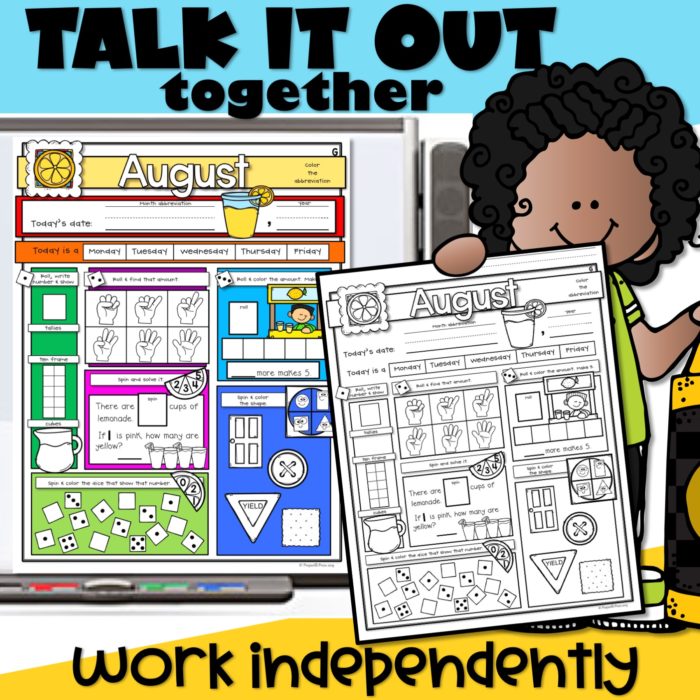

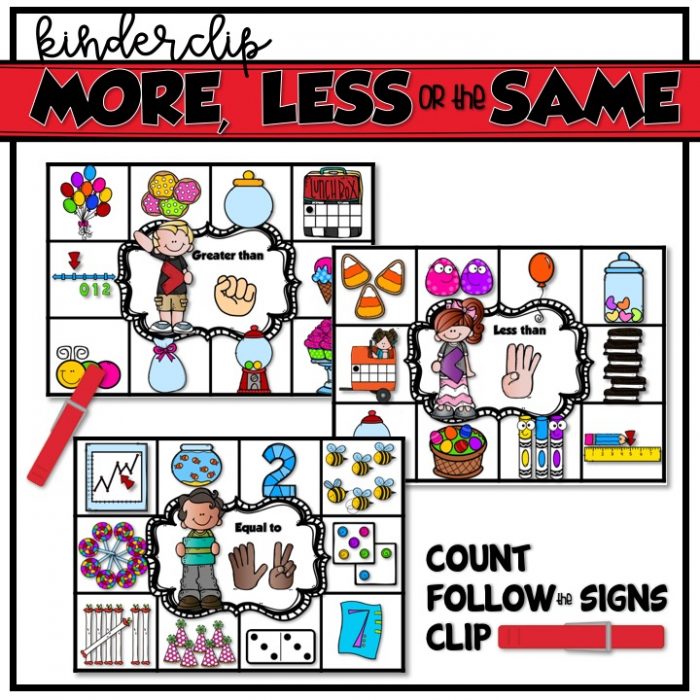
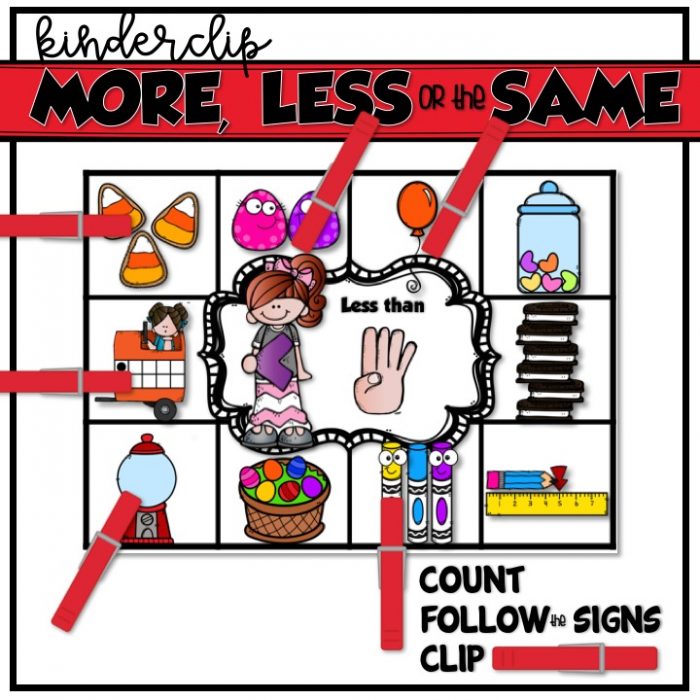
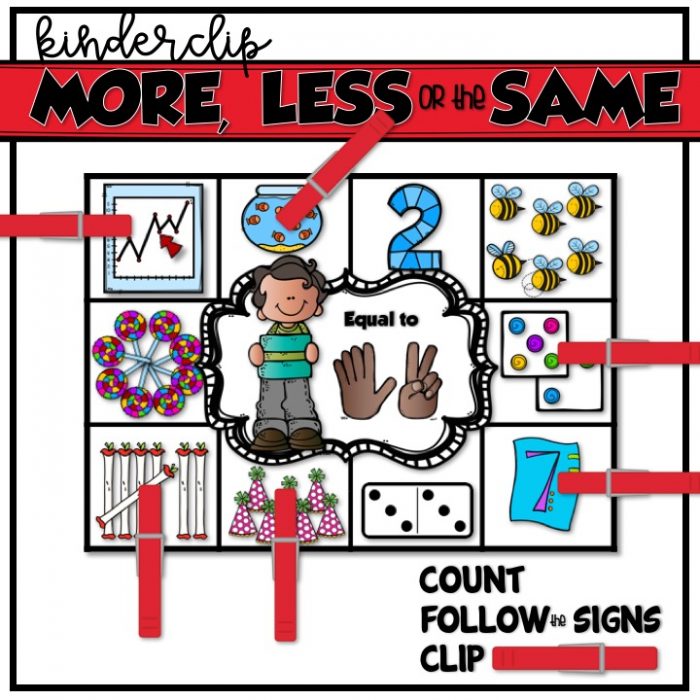
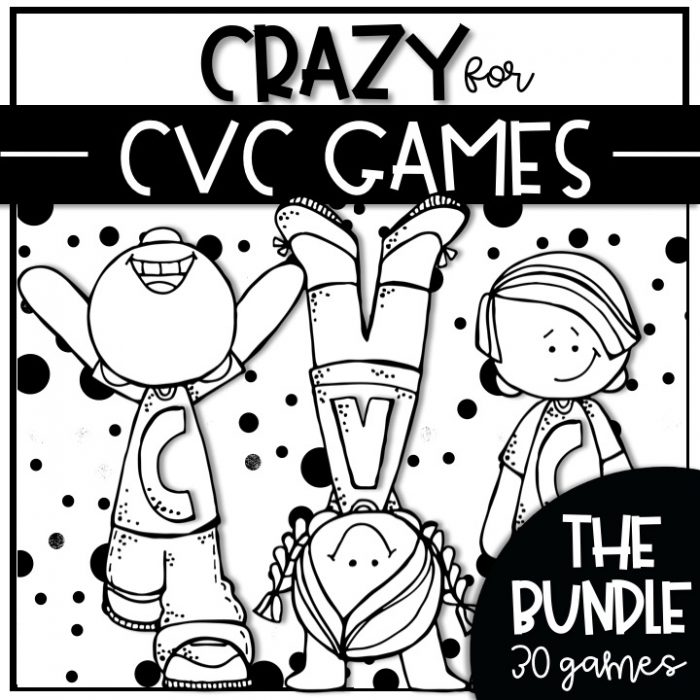
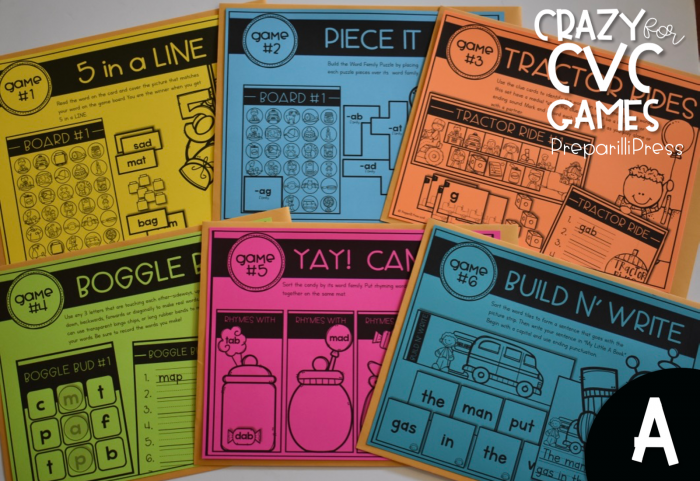

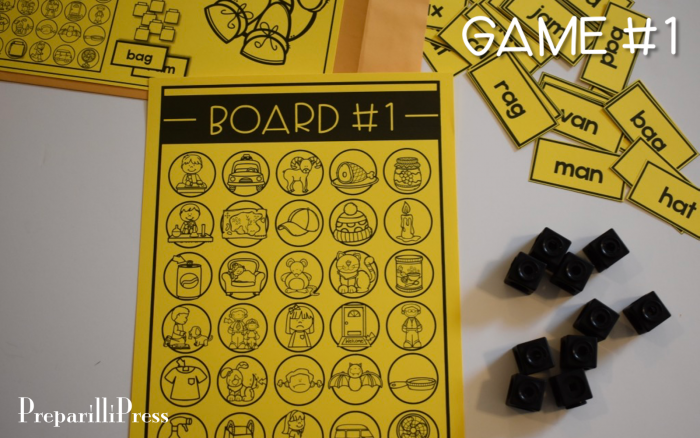
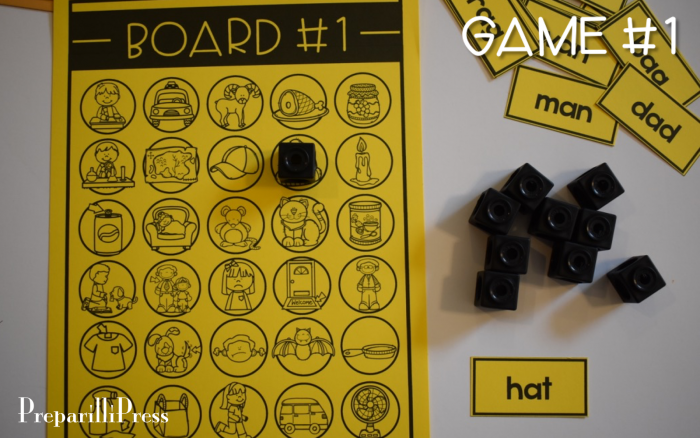

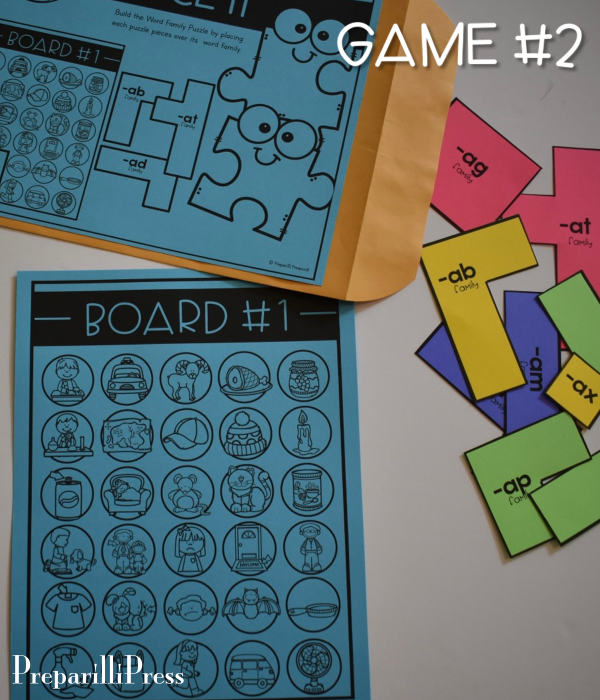
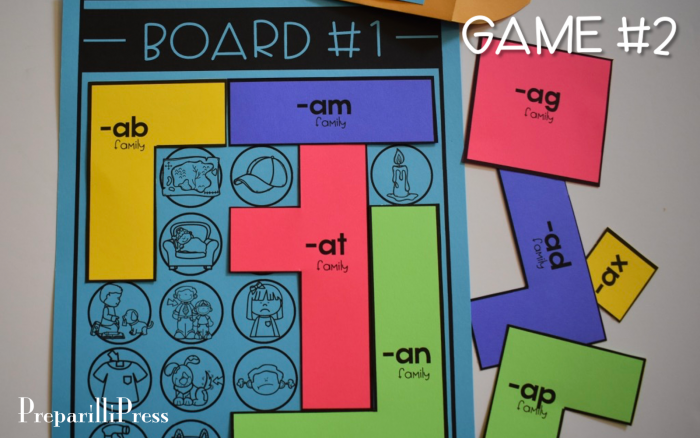

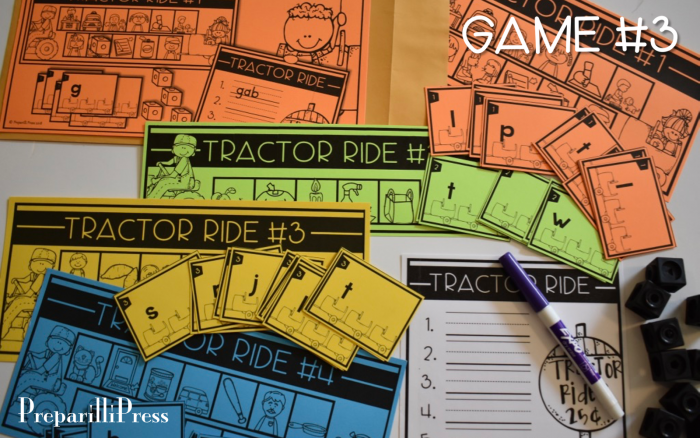
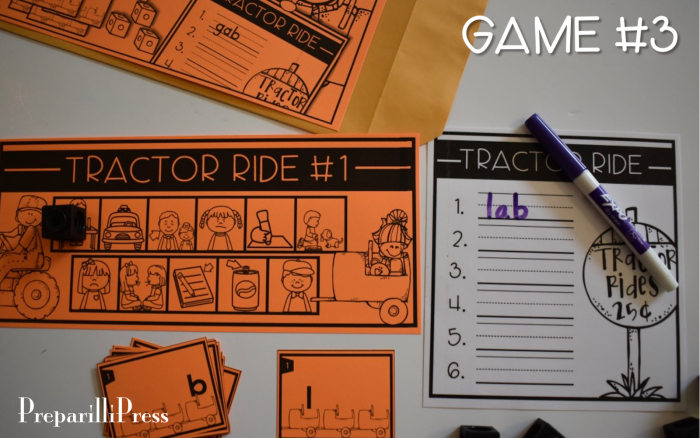

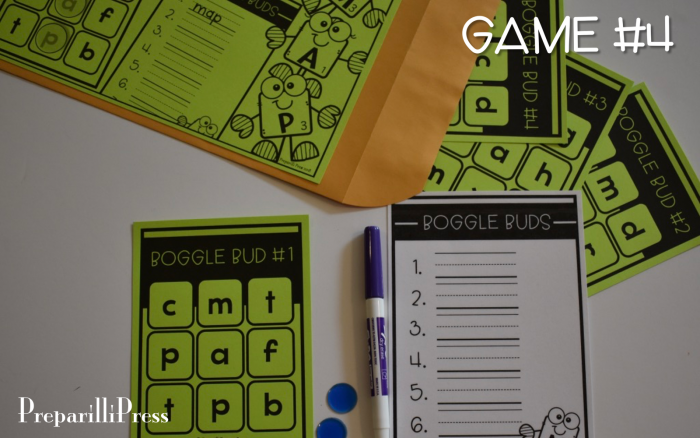
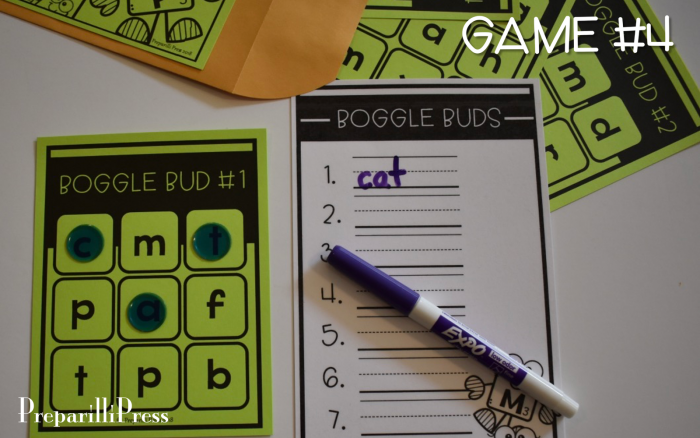

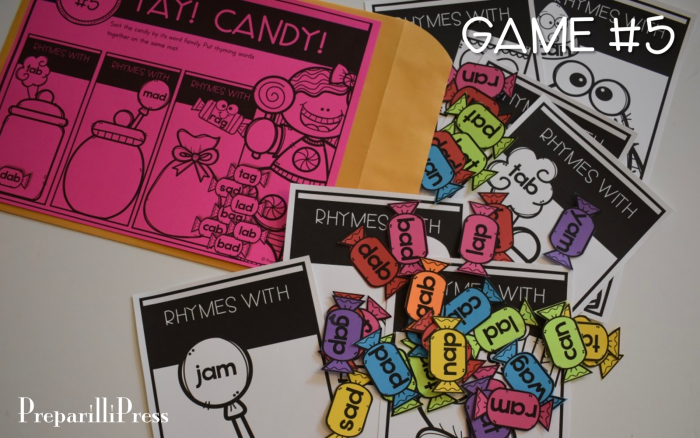
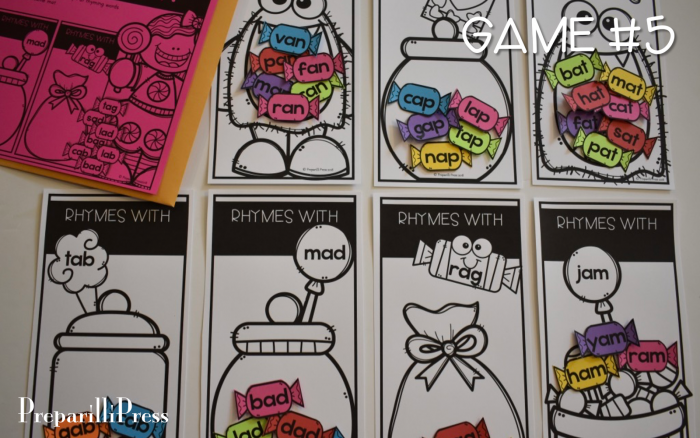 GAME #5 is sure to be a class favorite. Who doesn’t love candy?!? It is really a fun way to practice reading and rhyming words.
GAME #5 is sure to be a class favorite. Who doesn’t love candy?!? It is really a fun way to practice reading and rhyming words.
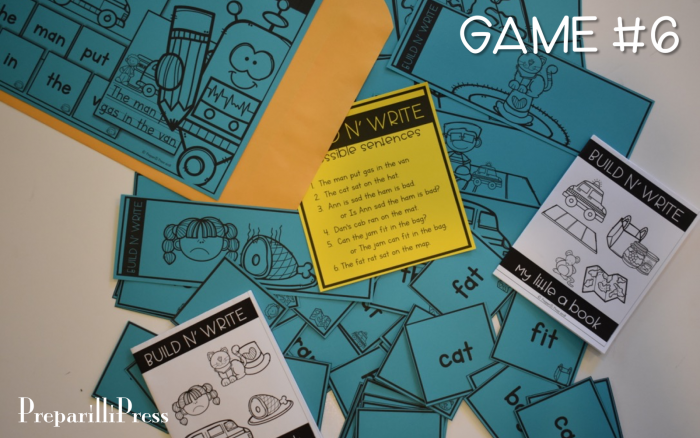
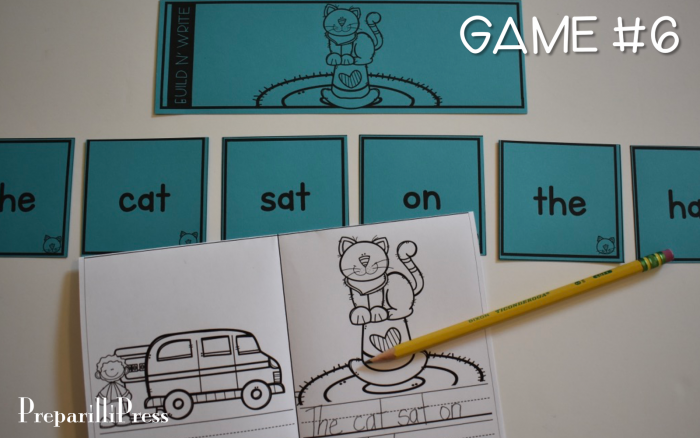

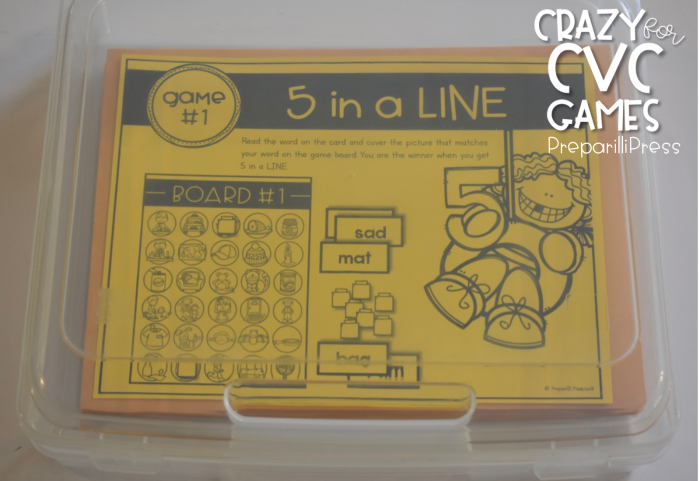
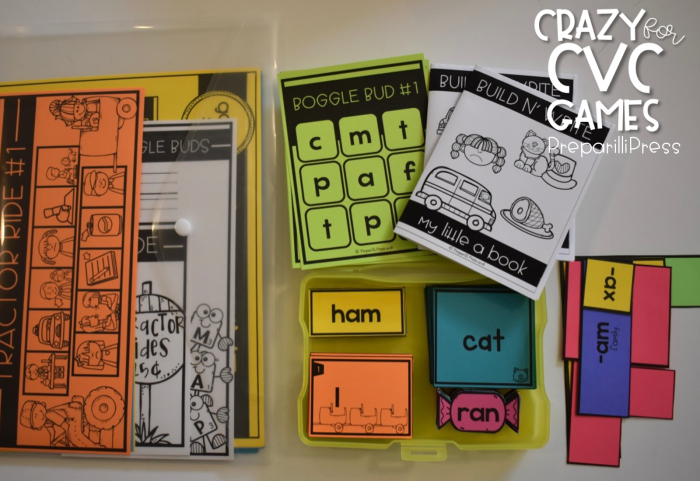
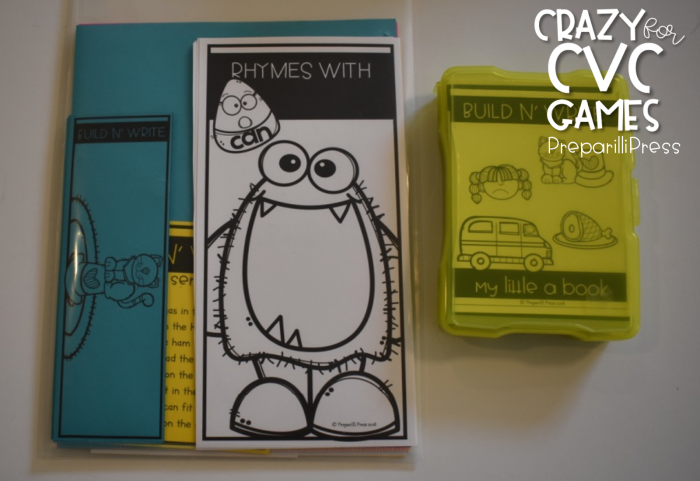
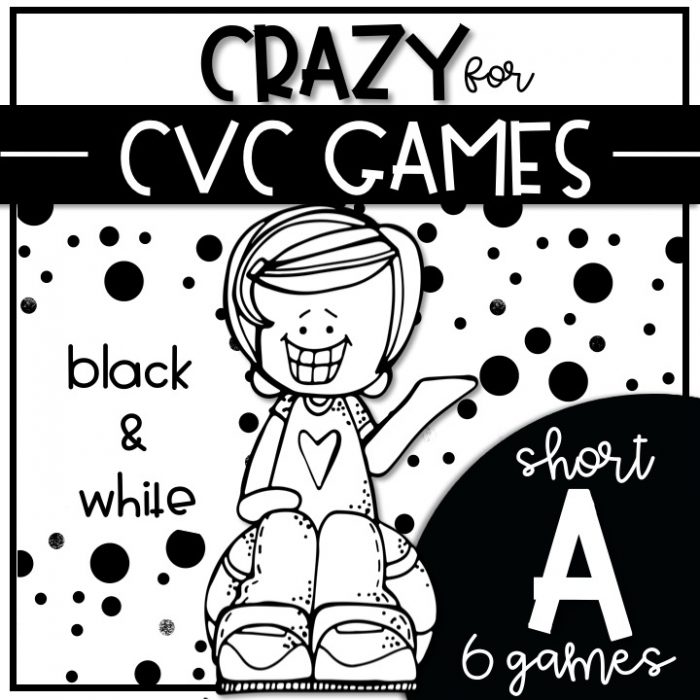
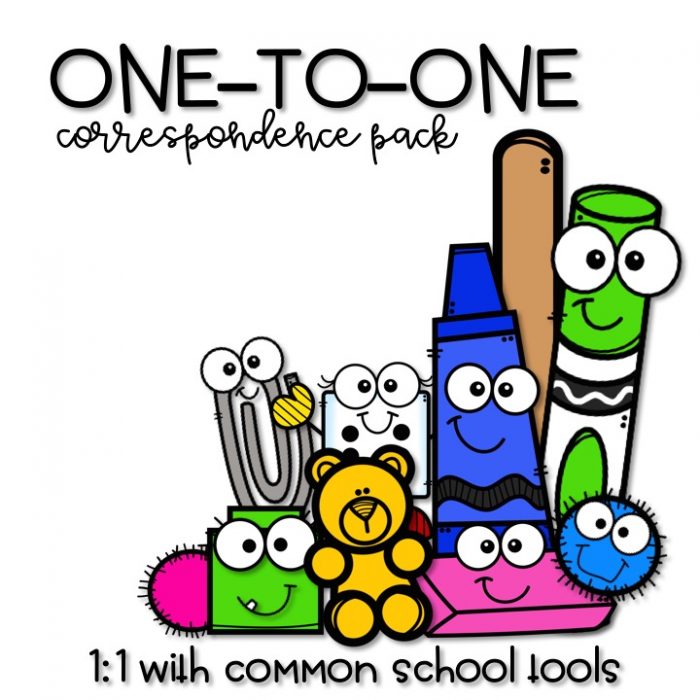
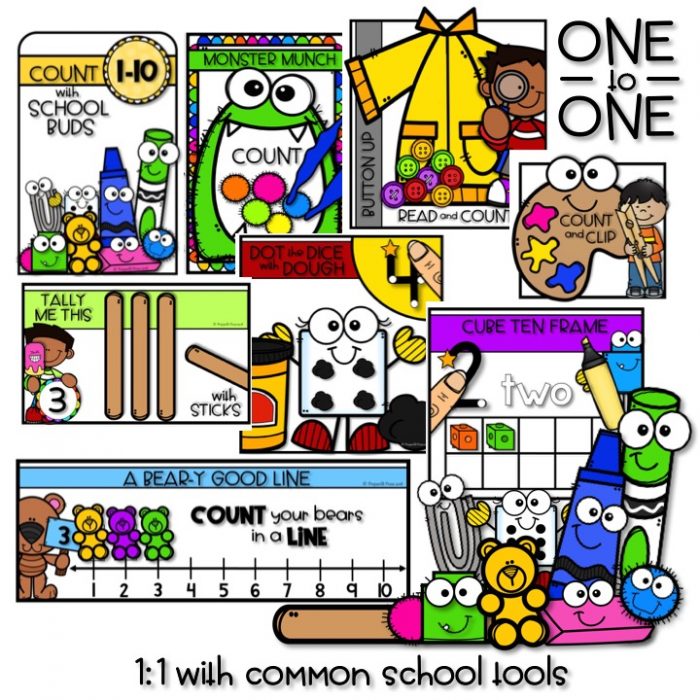 All of the activities in this pack include mats and booklets WITH prompts, for your newest number learners or students that need additional practice, and WITHOUT prompts (so you can assess your students’ learning).
All of the activities in this pack include mats and booklets WITH prompts, for your newest number learners or students that need additional practice, and WITHOUT prompts (so you can assess your students’ learning). 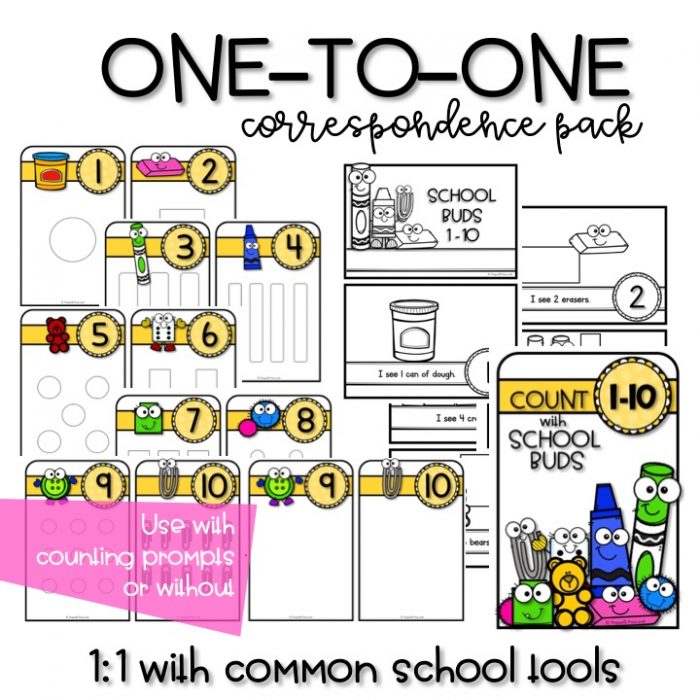
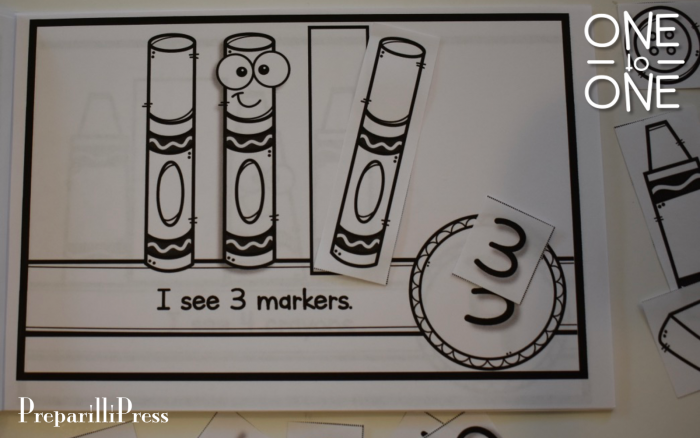
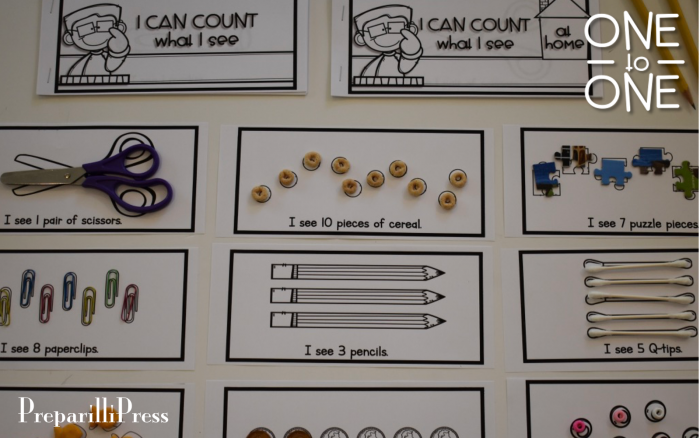
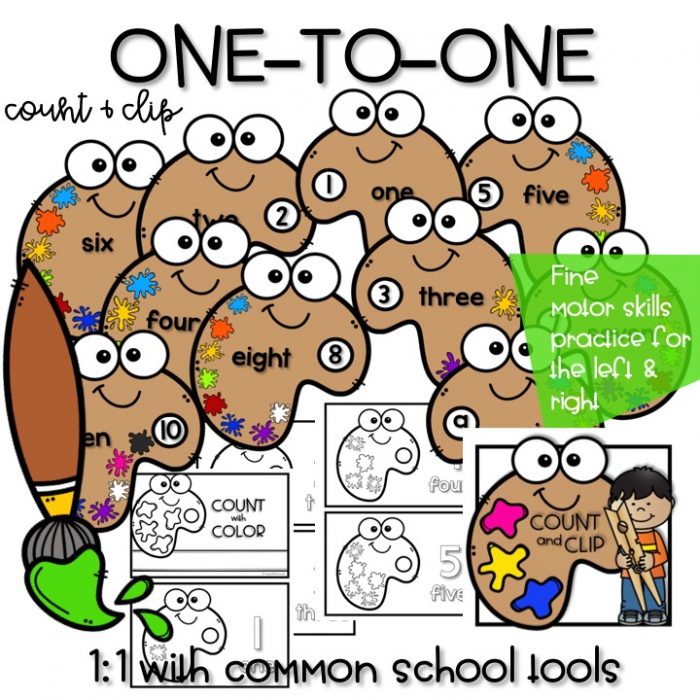
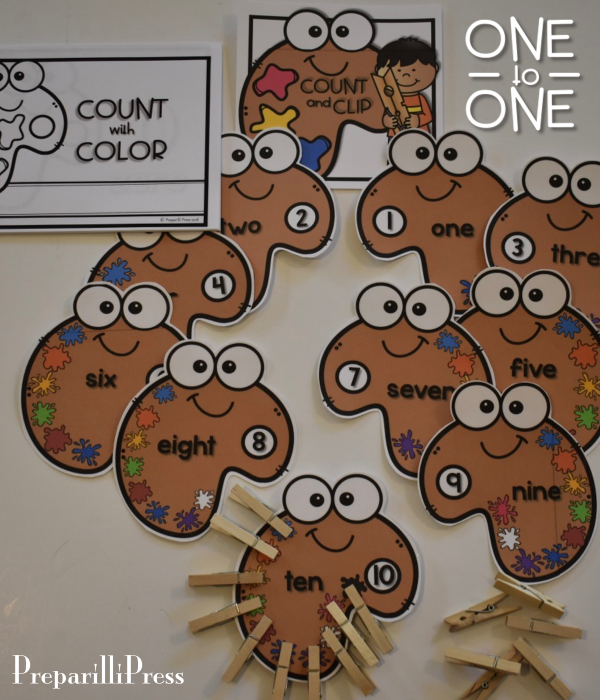
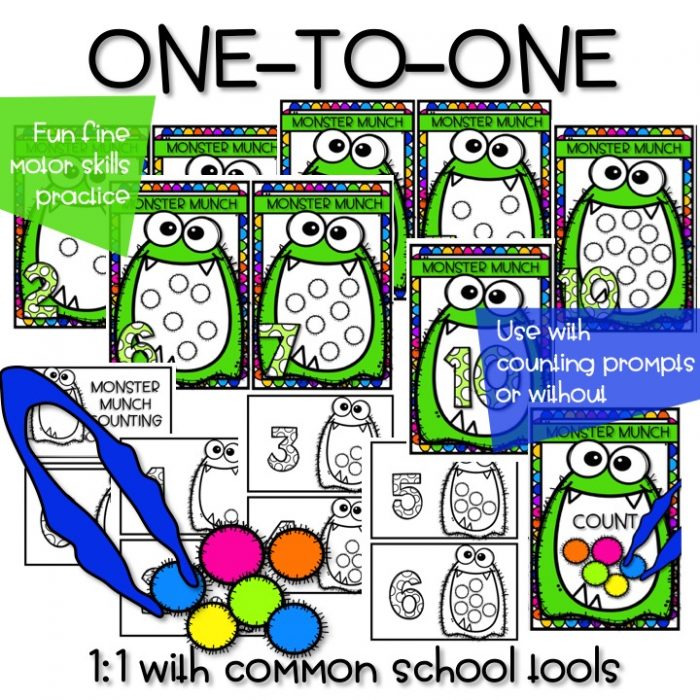
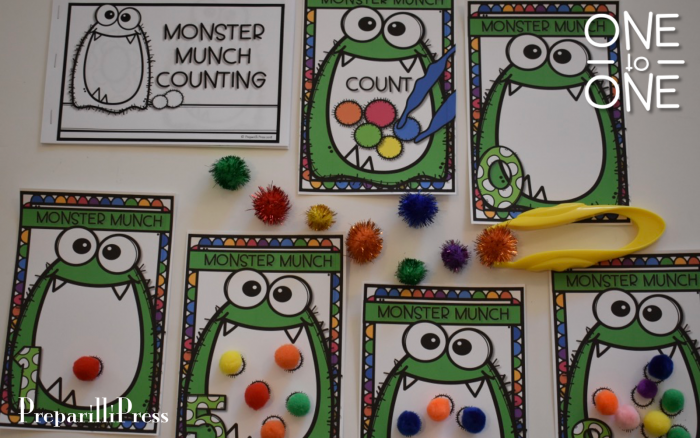
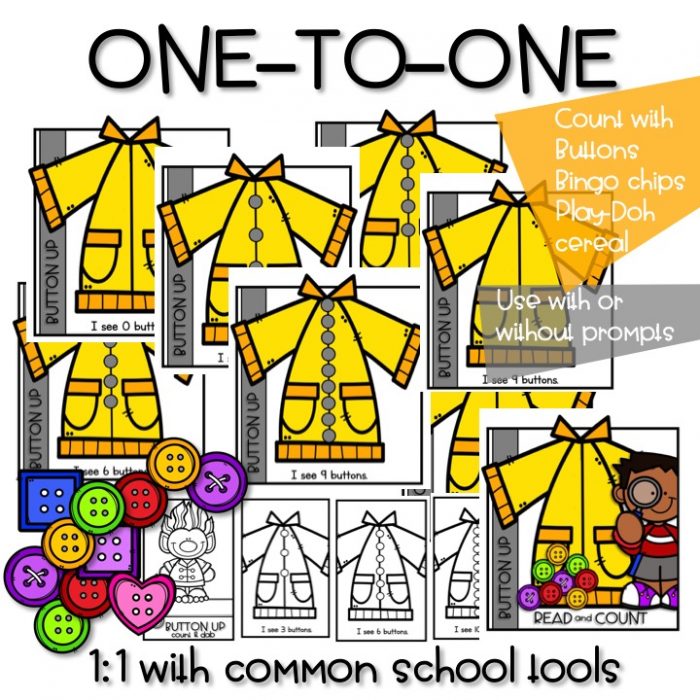
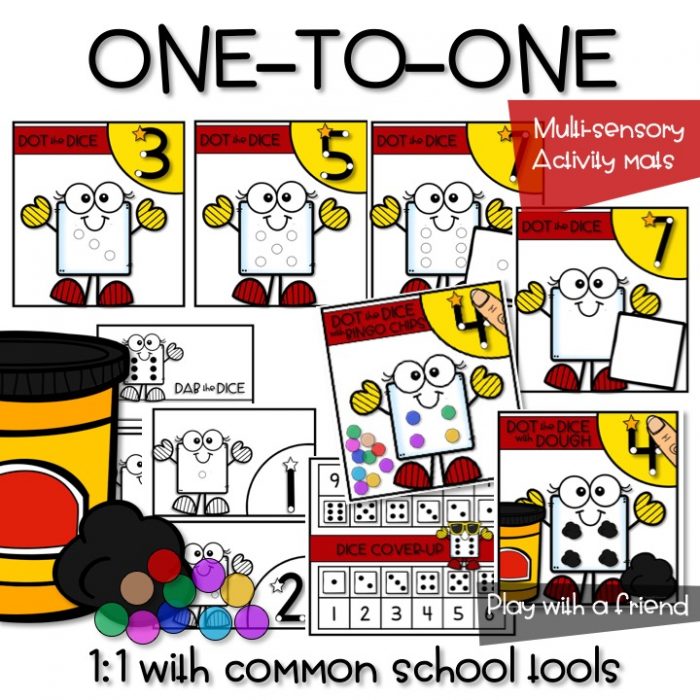
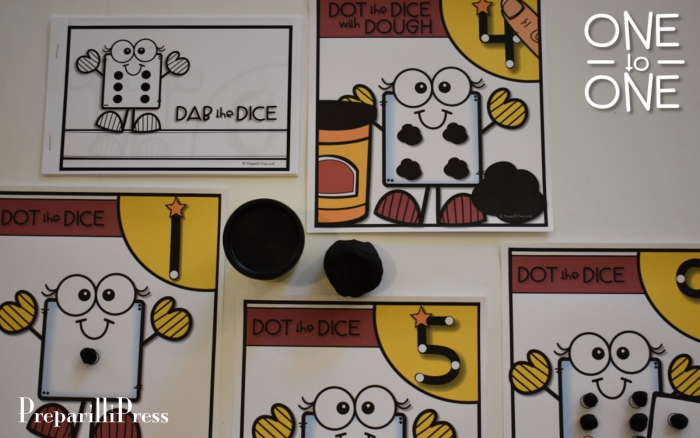
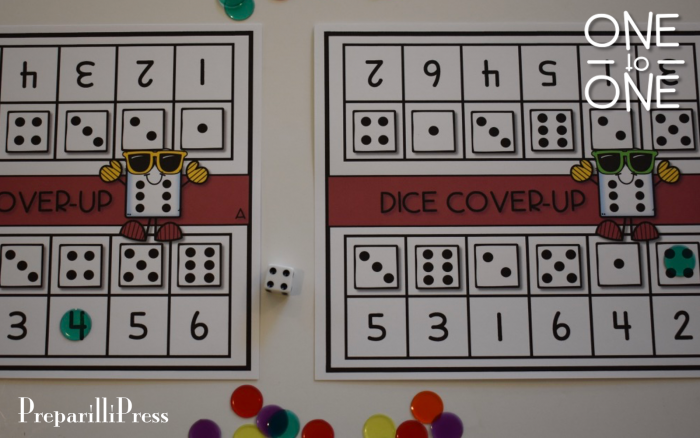
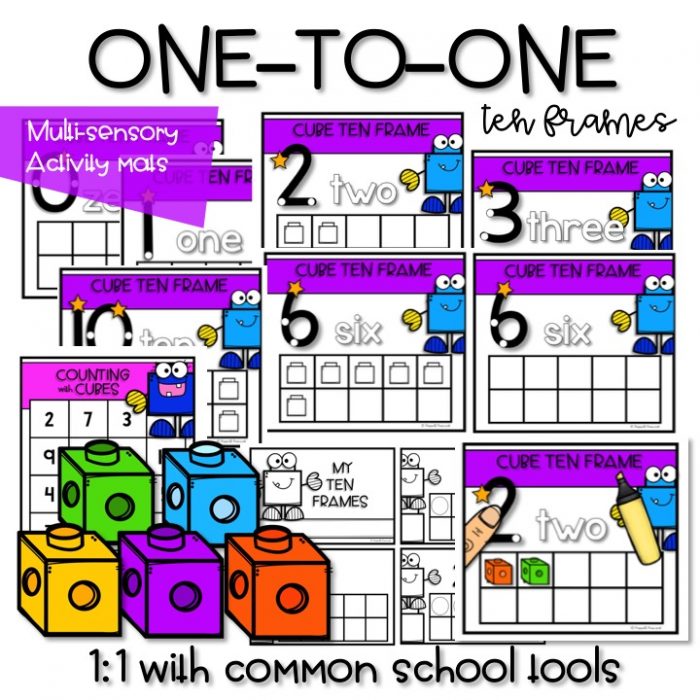
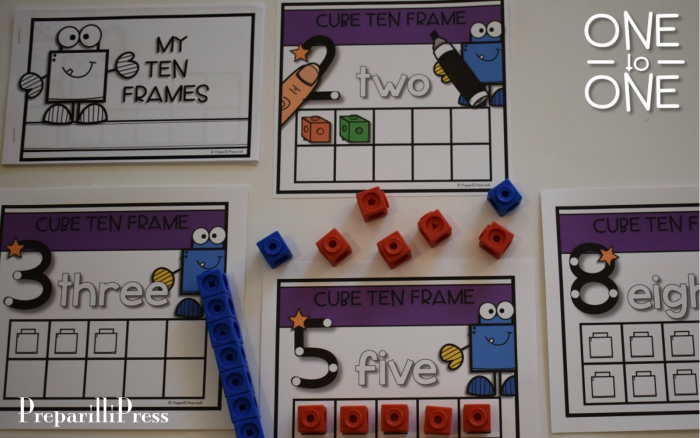
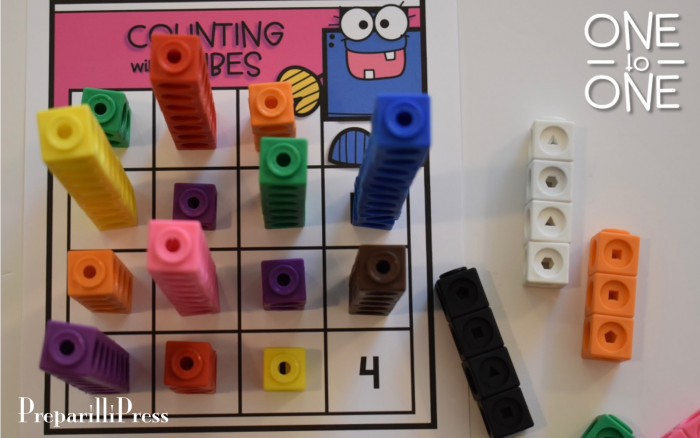
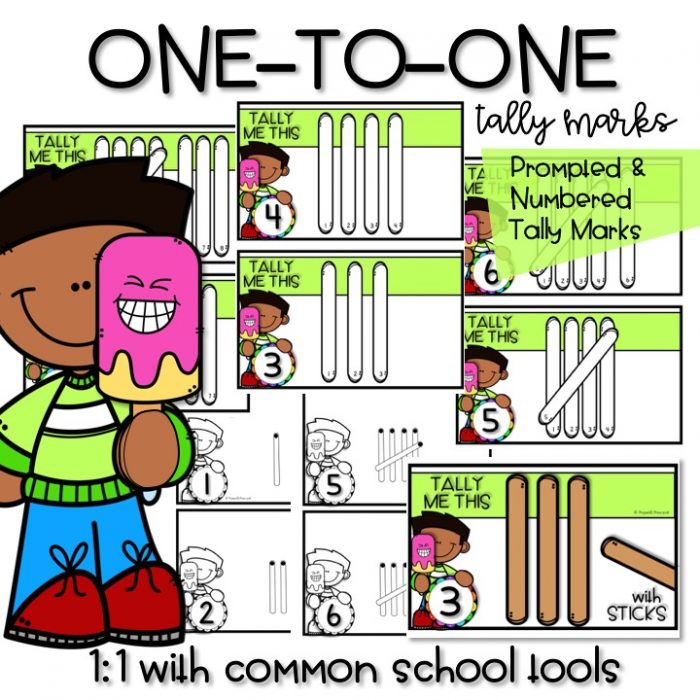
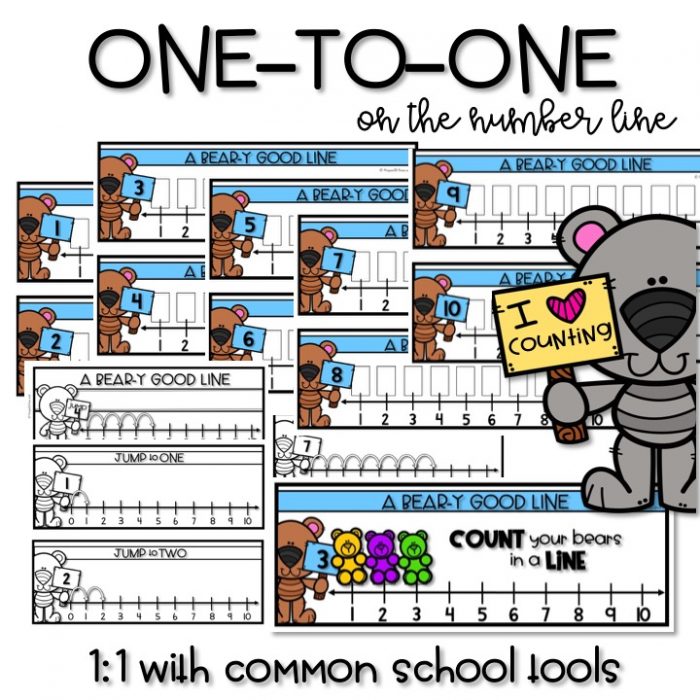 Finally, teach 1:1 correspondence using a Bear-y Good Line (and counting bears).
Finally, teach 1:1 correspondence using a Bear-y Good Line (and counting bears).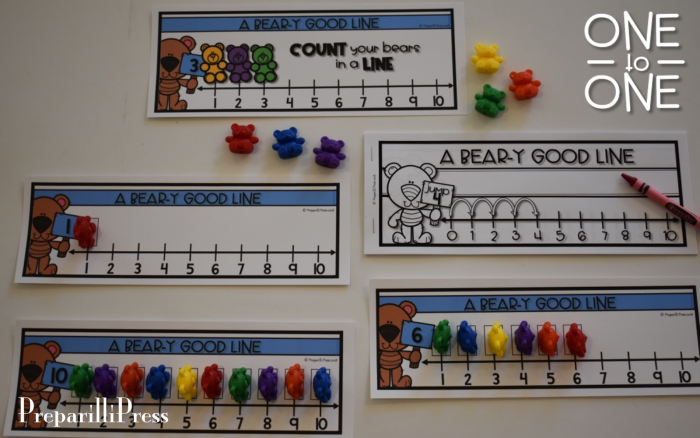
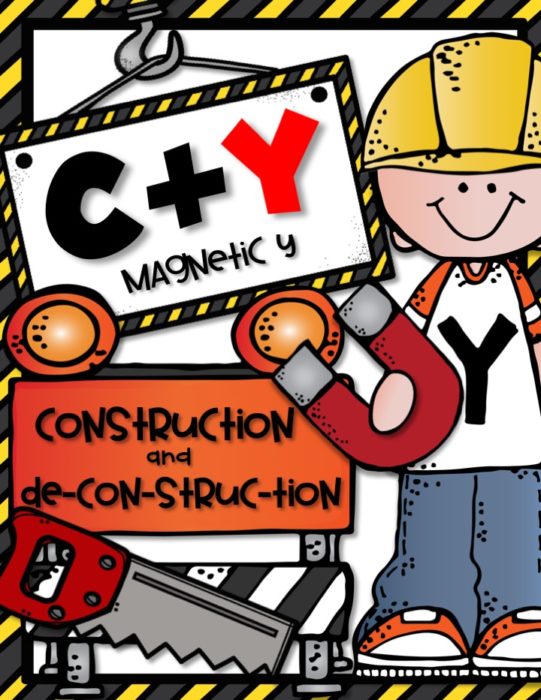
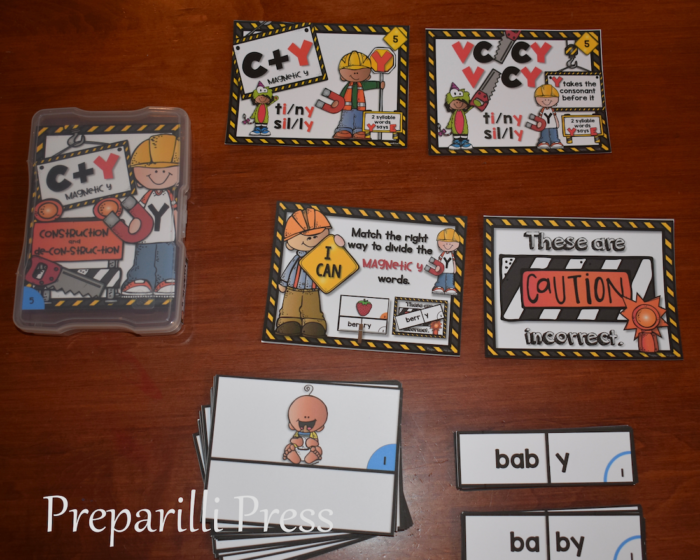
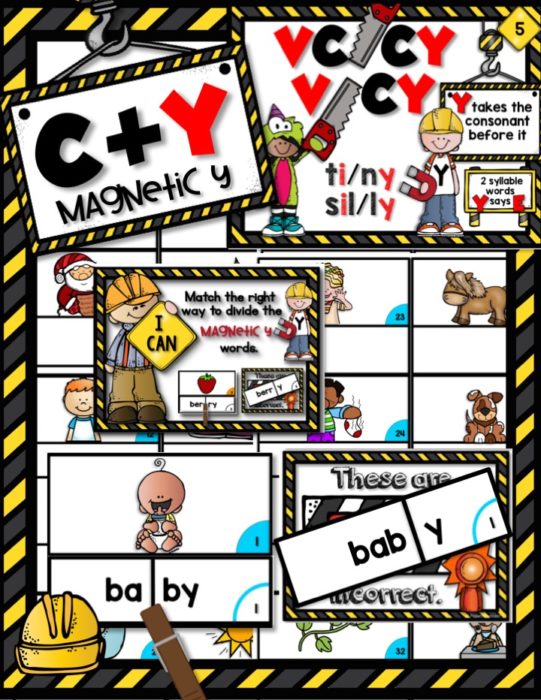
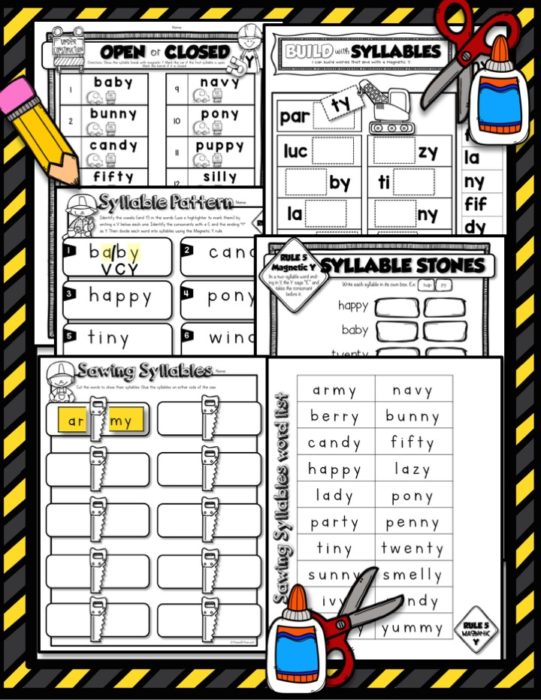

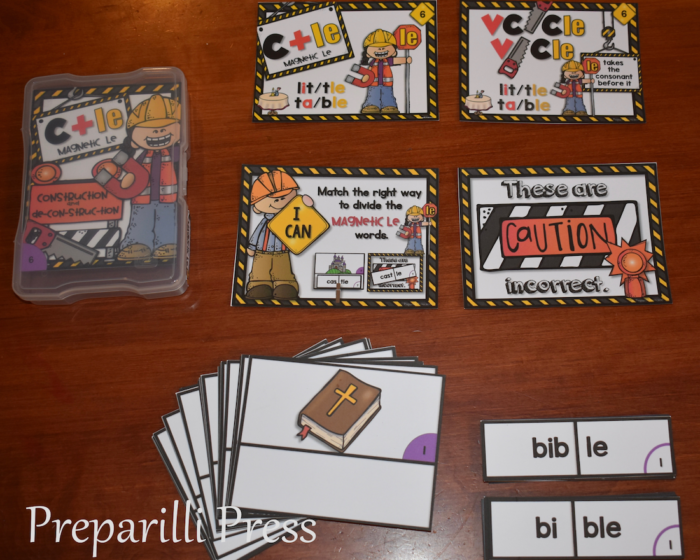
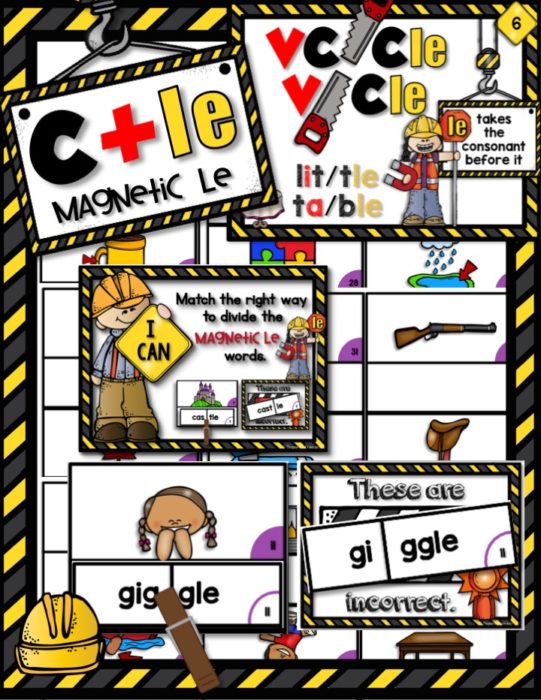
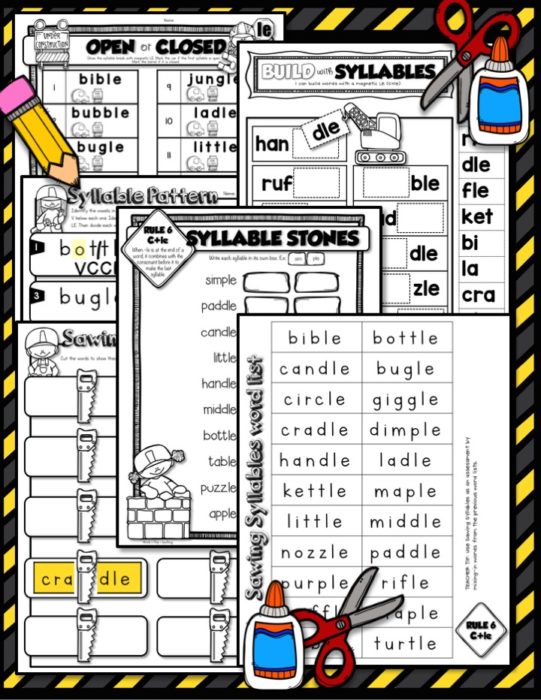
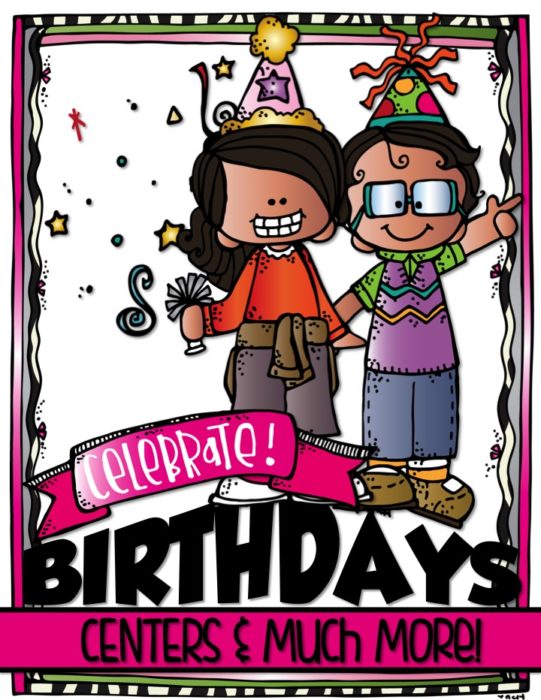 It is jammed-packed with hands-on, independent learning for your pre-K and Kindergarten kids!
It is jammed-packed with hands-on, independent learning for your pre-K and Kindergarten kids!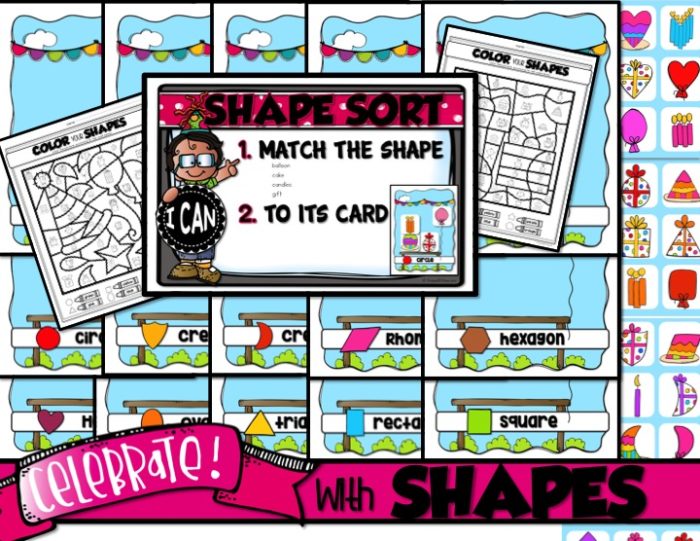
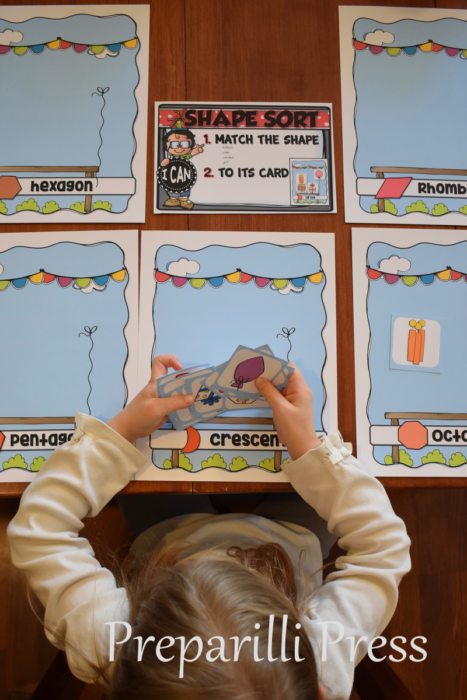
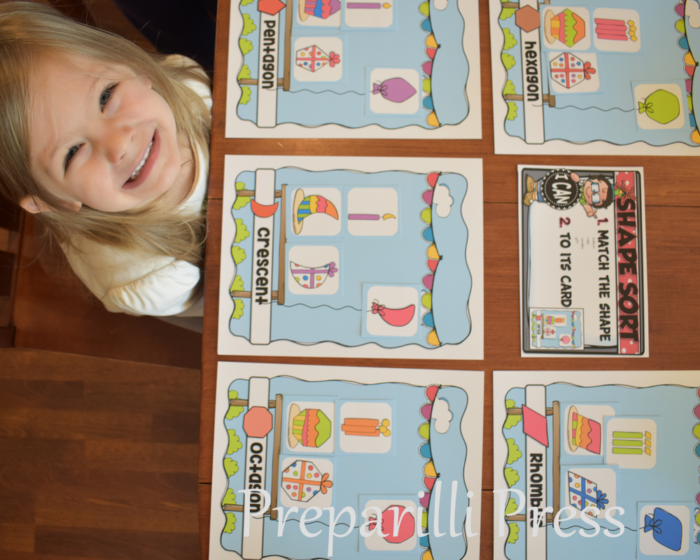
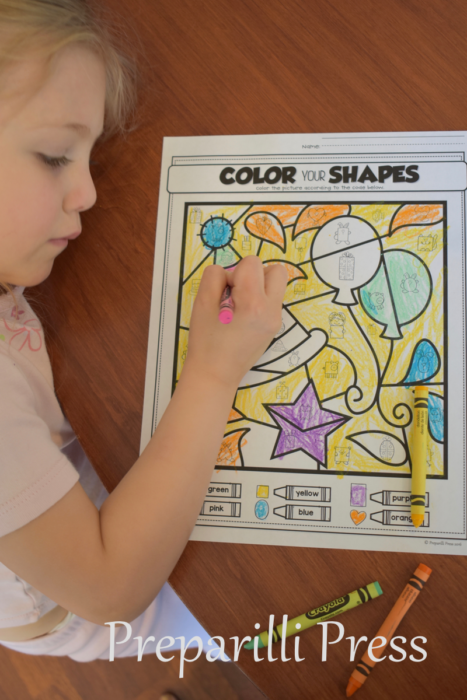
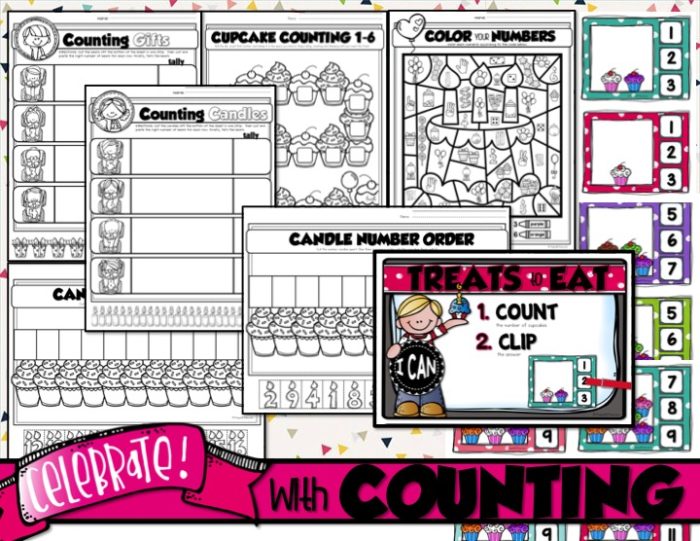
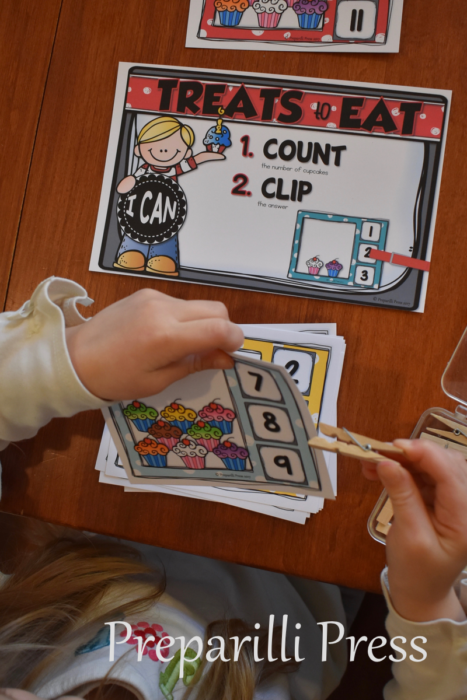
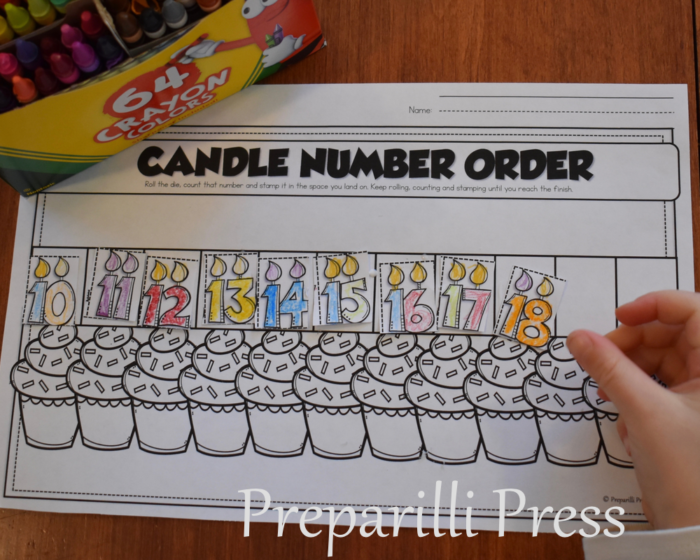
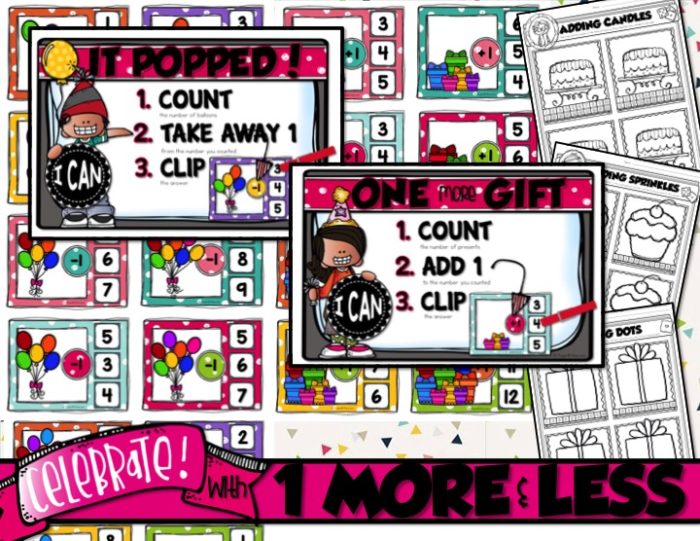
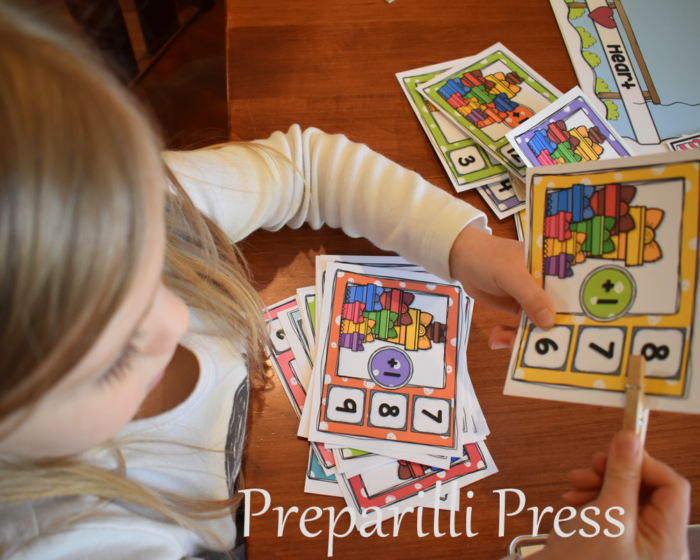
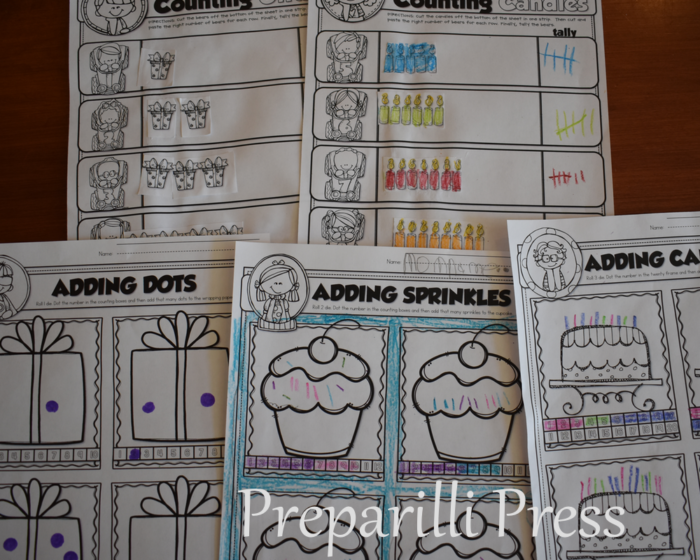
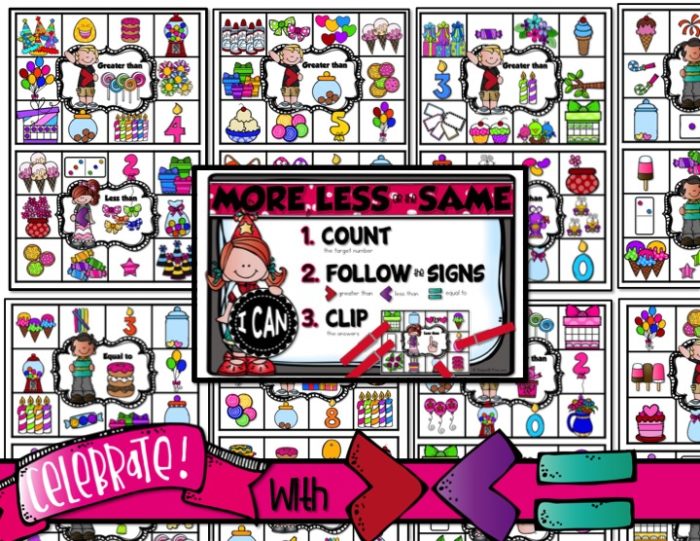
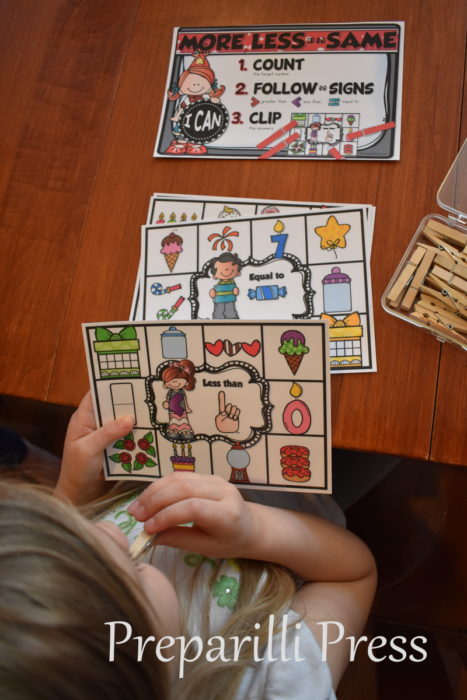
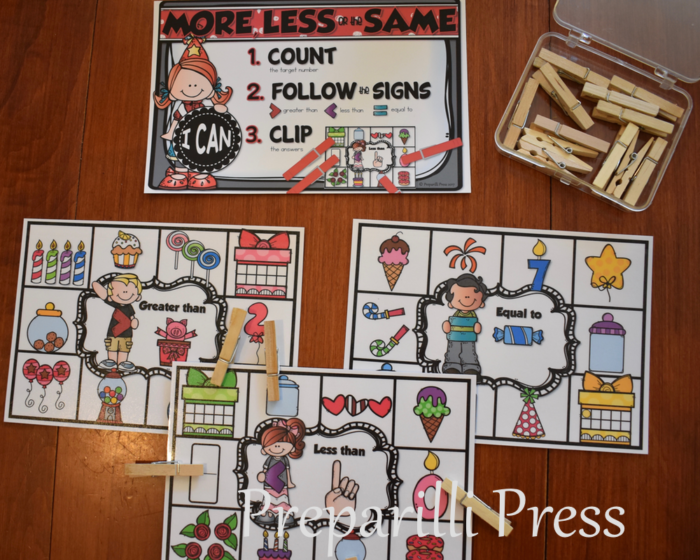
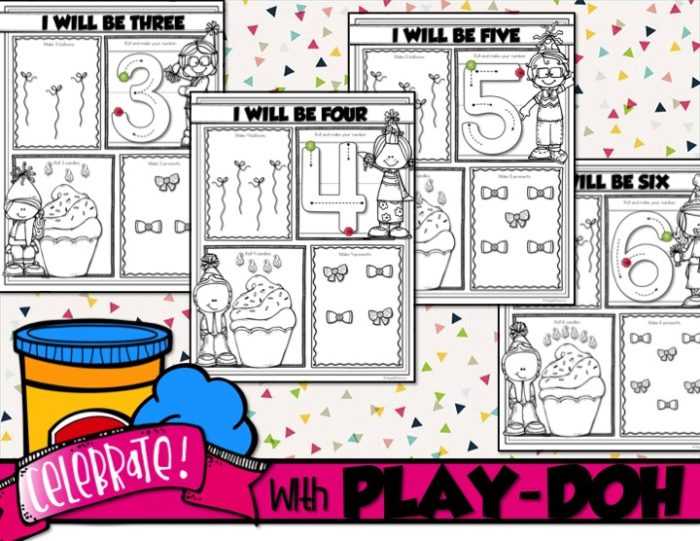
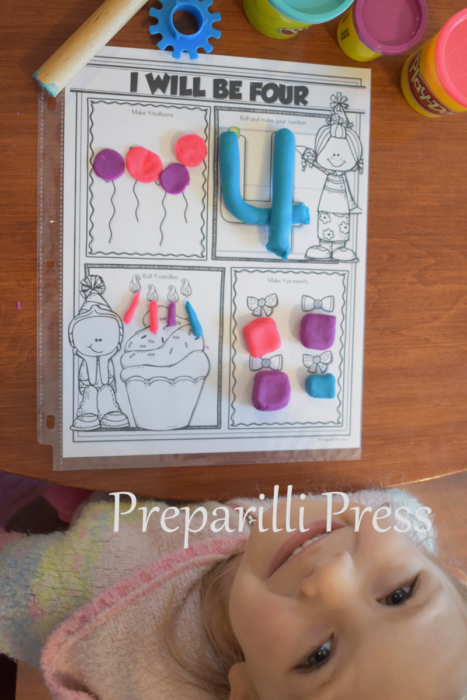
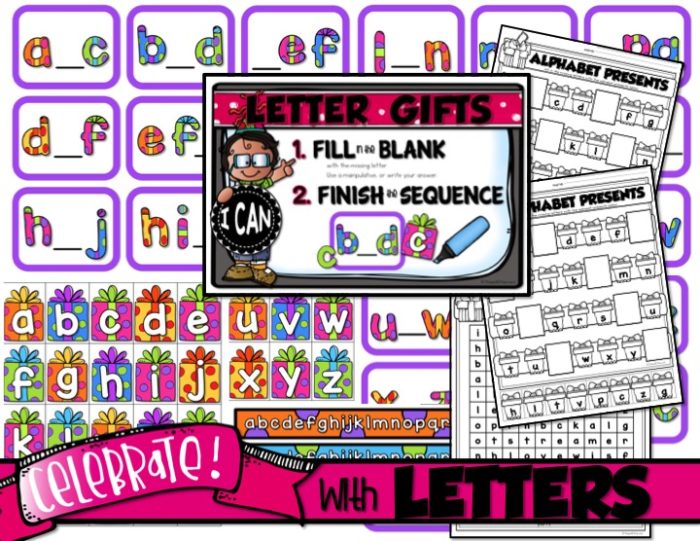
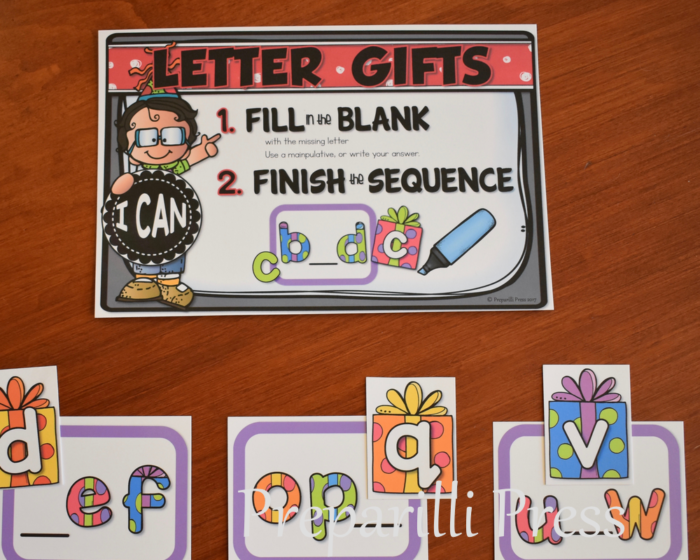
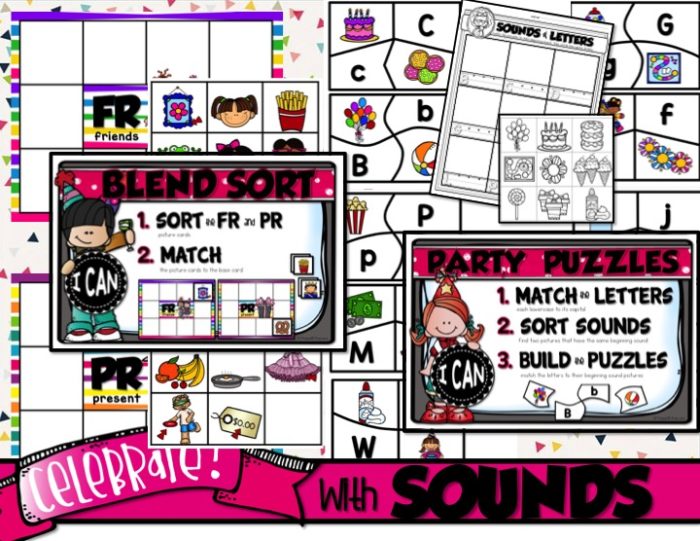
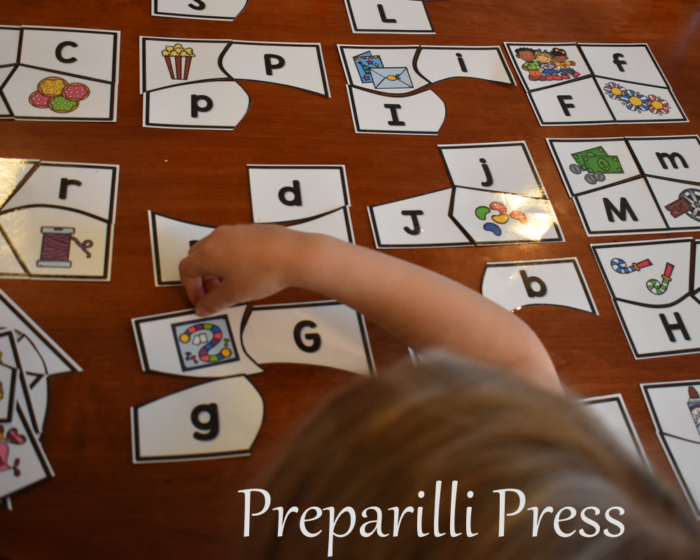
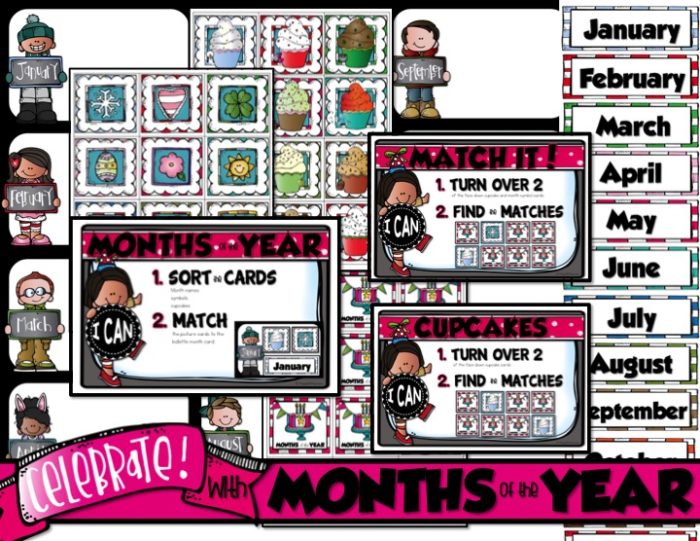
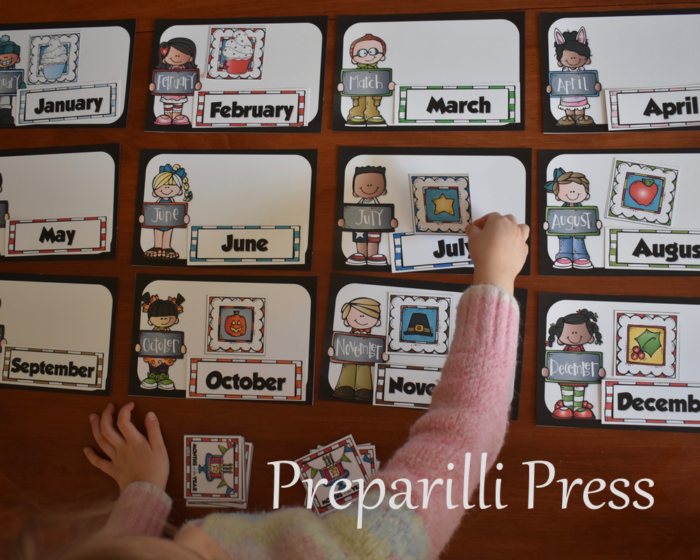
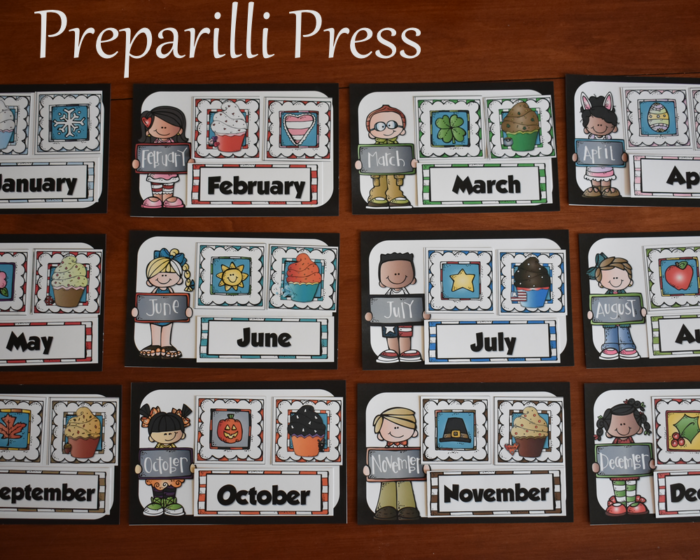
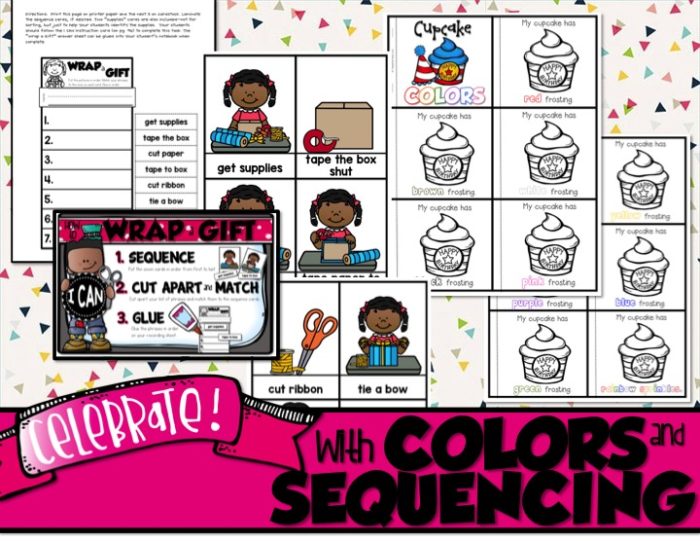
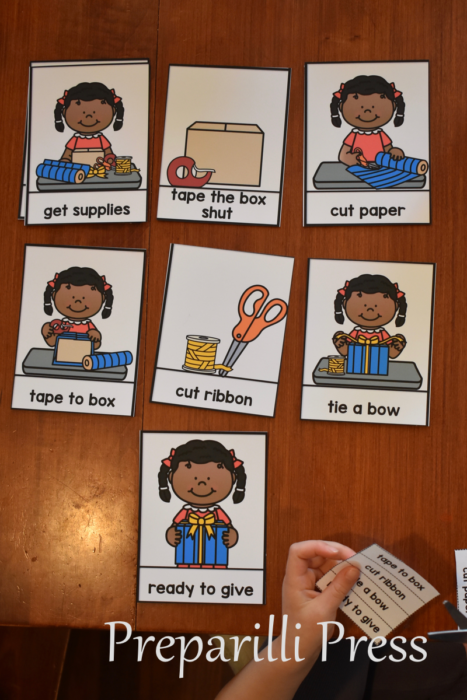
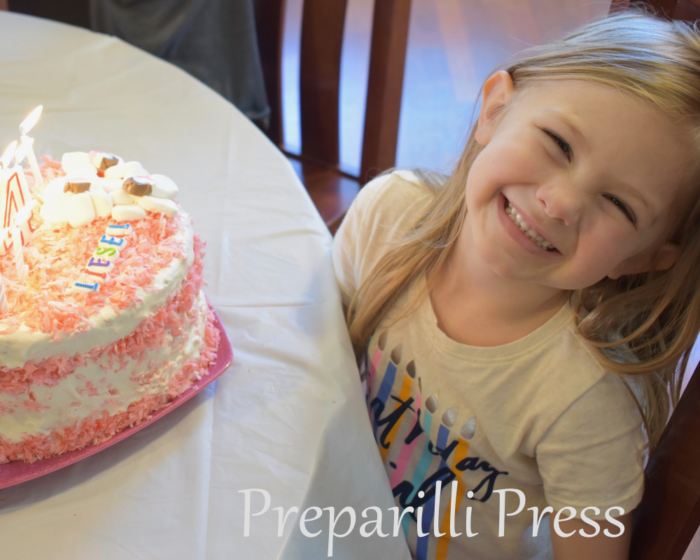
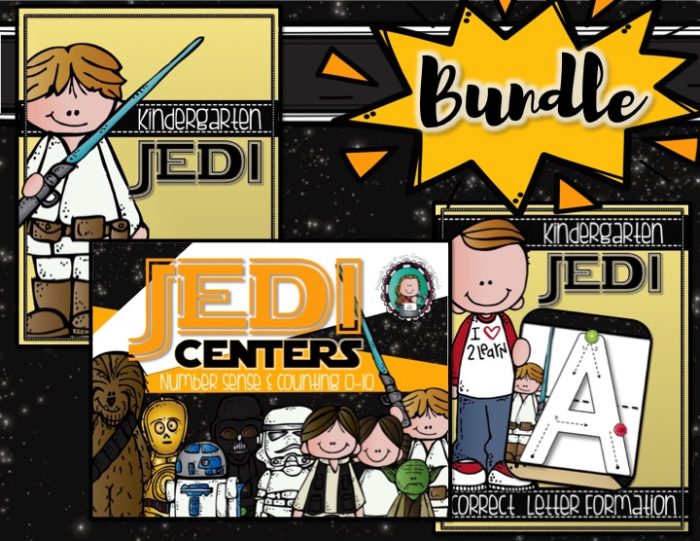
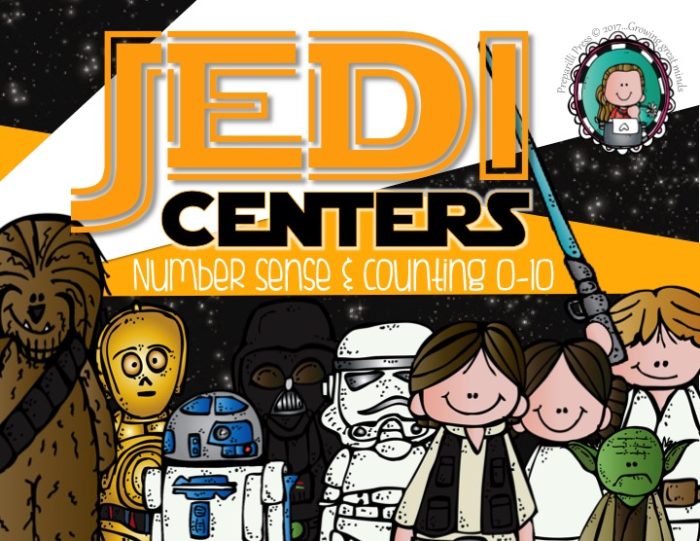
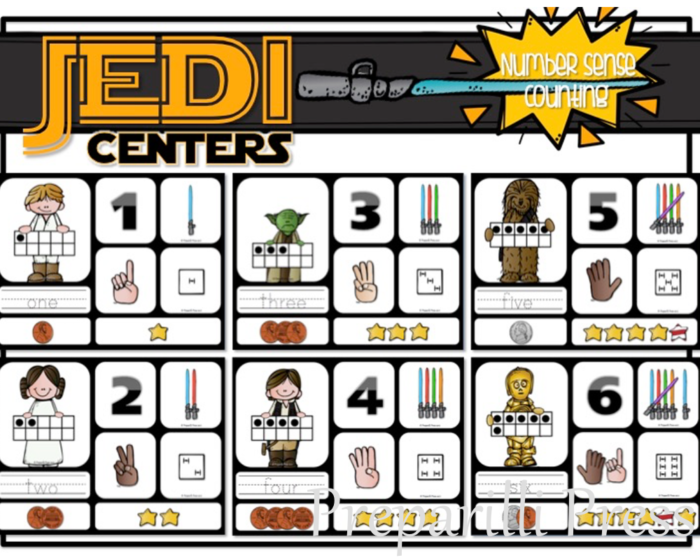
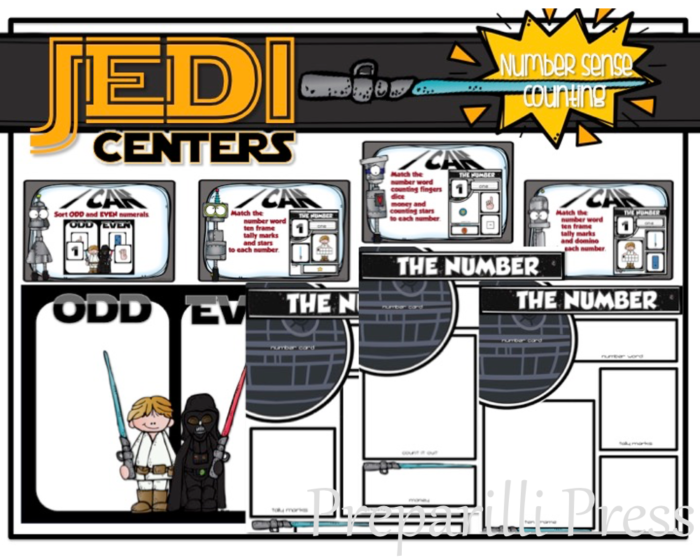

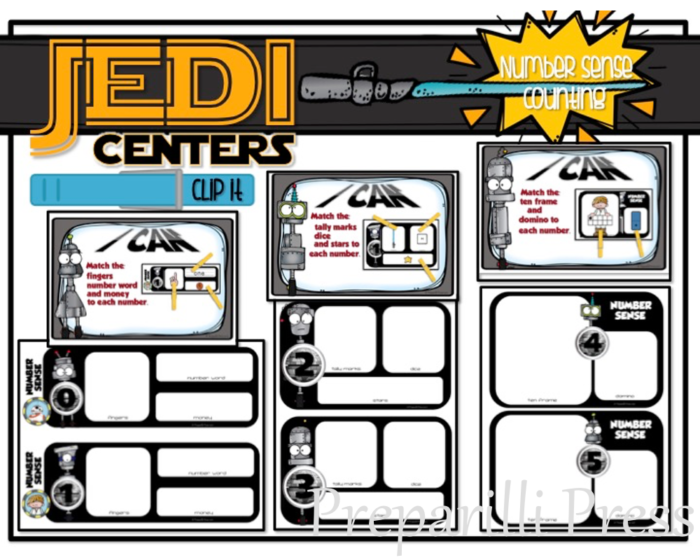
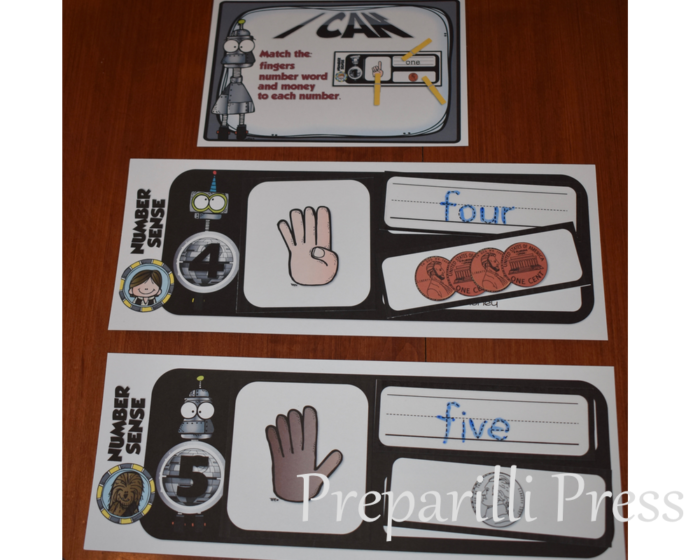 Sort counting fingers, numeral word, and money for each number
Sort counting fingers, numeral word, and money for each number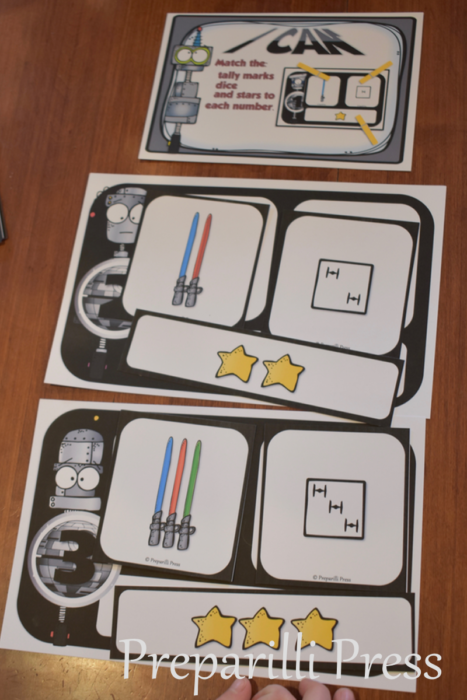 Sort lightsaber tally-marks, tie fighter dice and counting stars for each number
Sort lightsaber tally-marks, tie fighter dice and counting stars for each number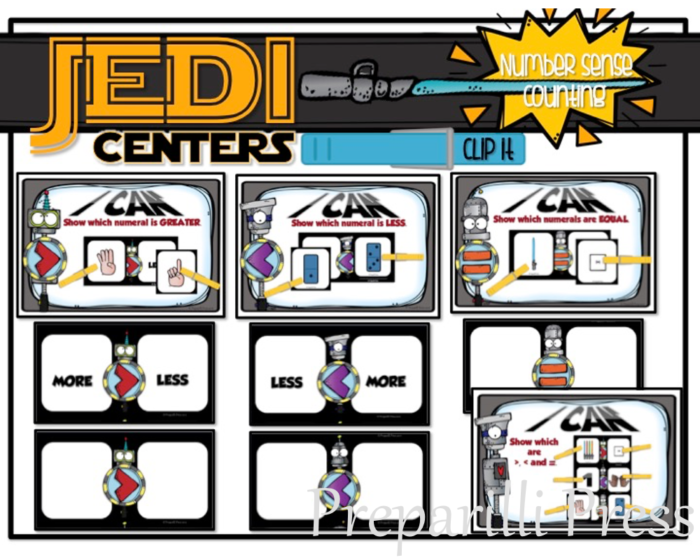

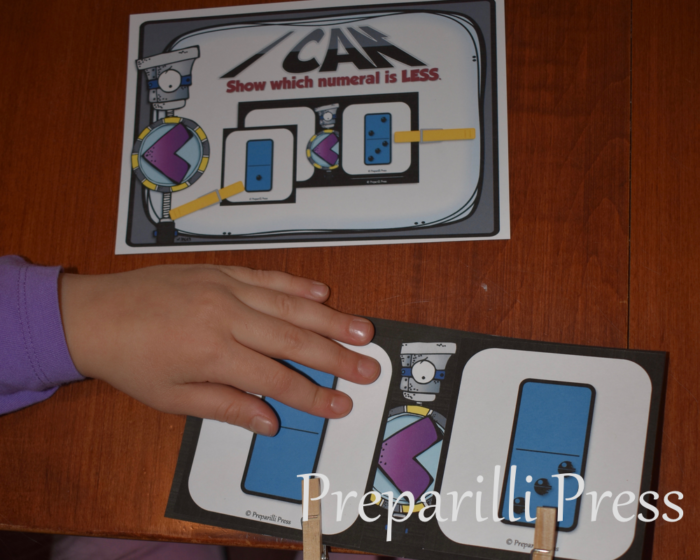

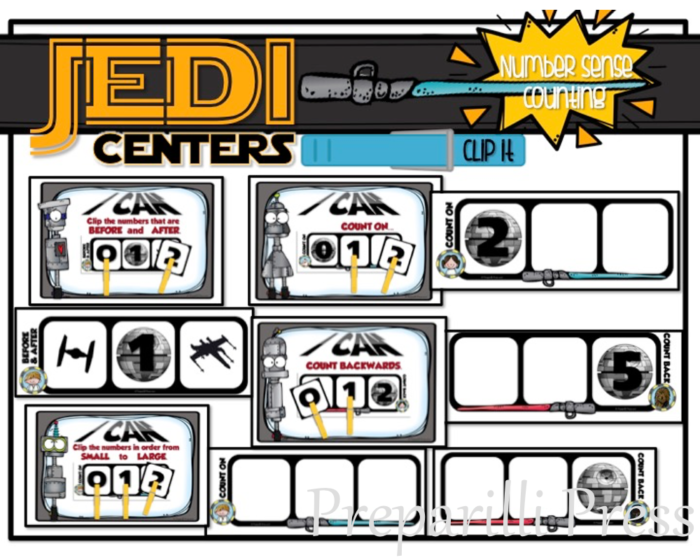

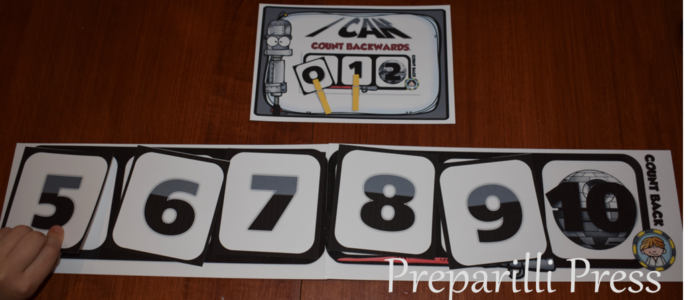
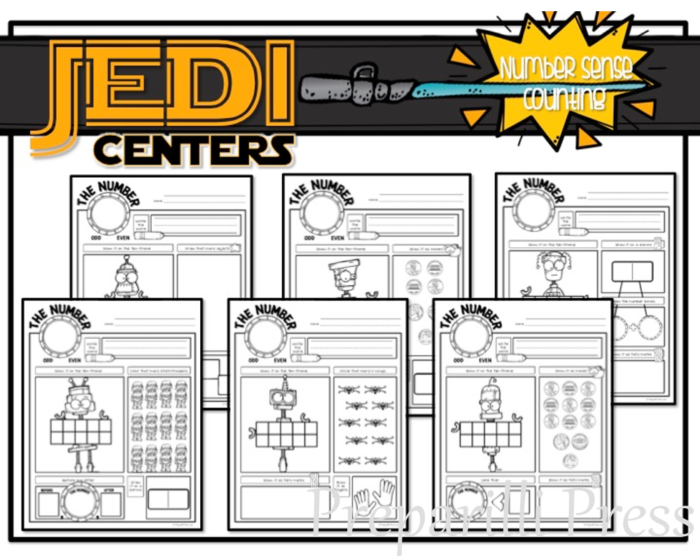
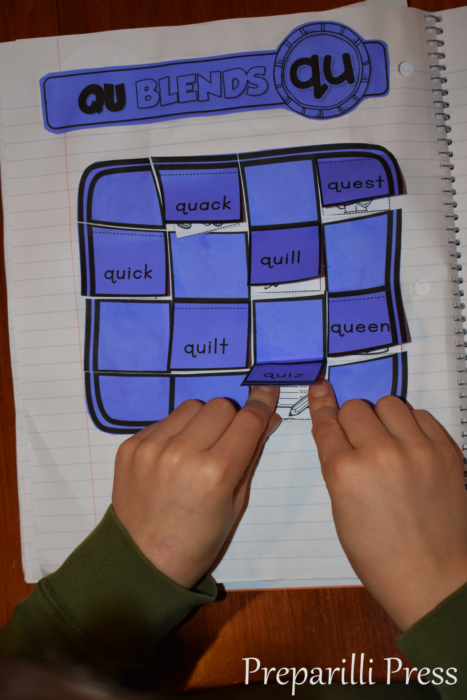
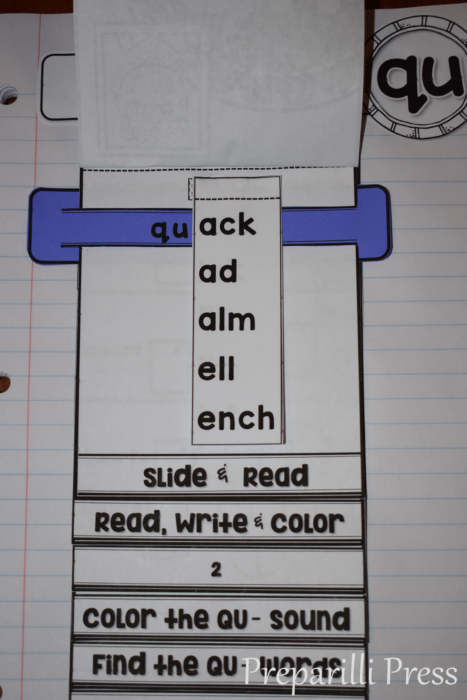
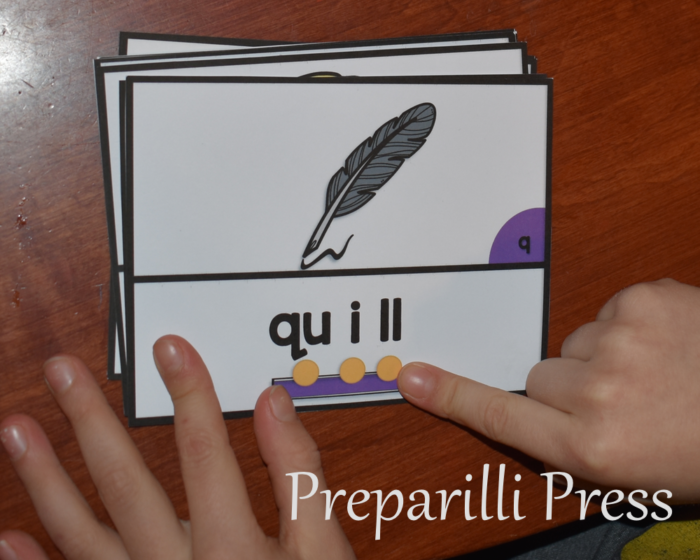
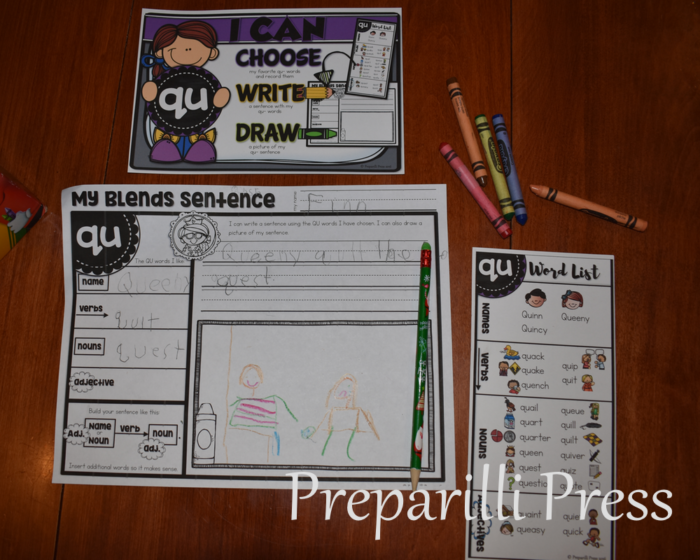
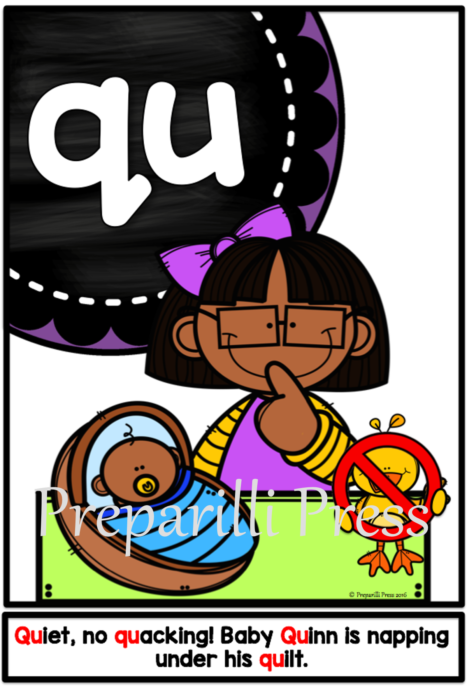
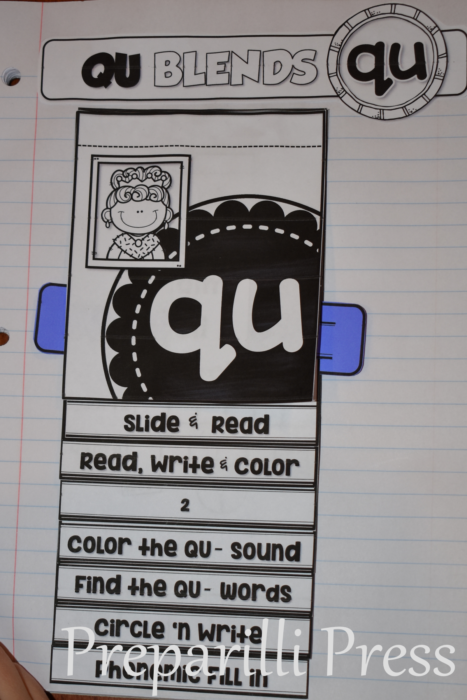
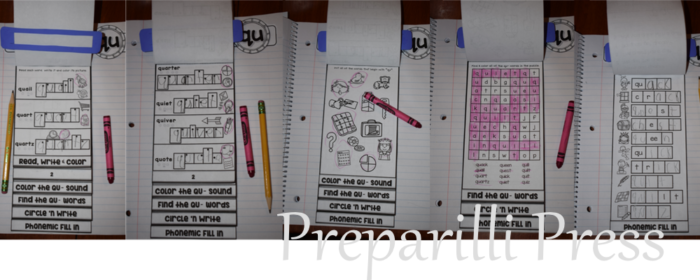
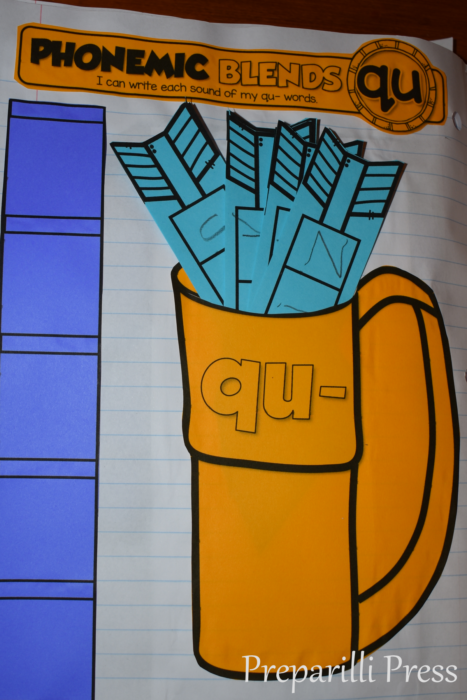
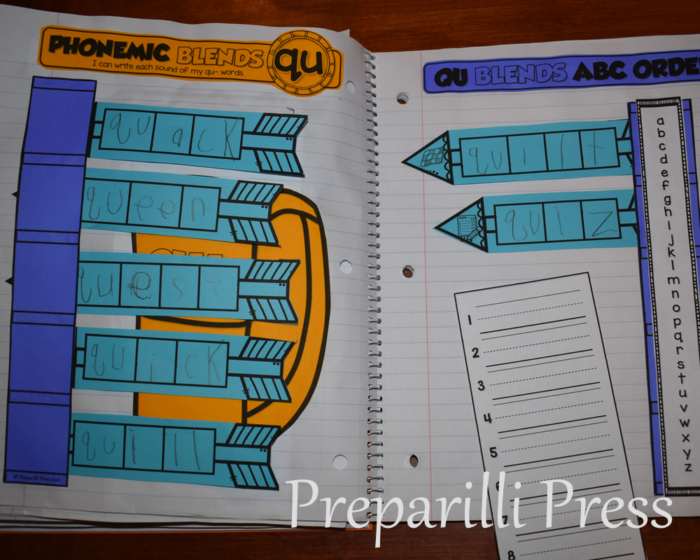
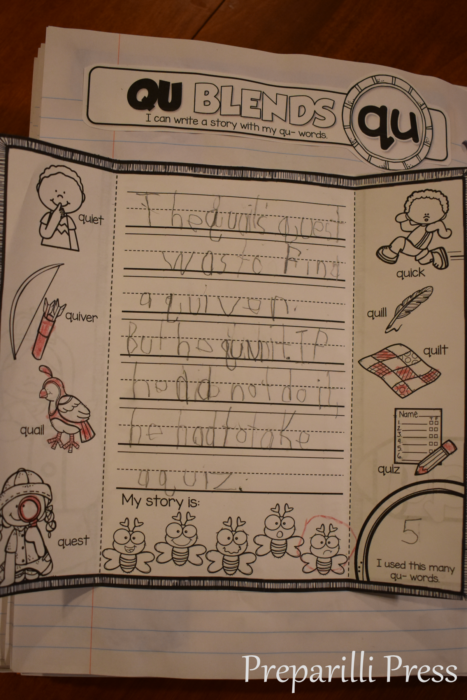
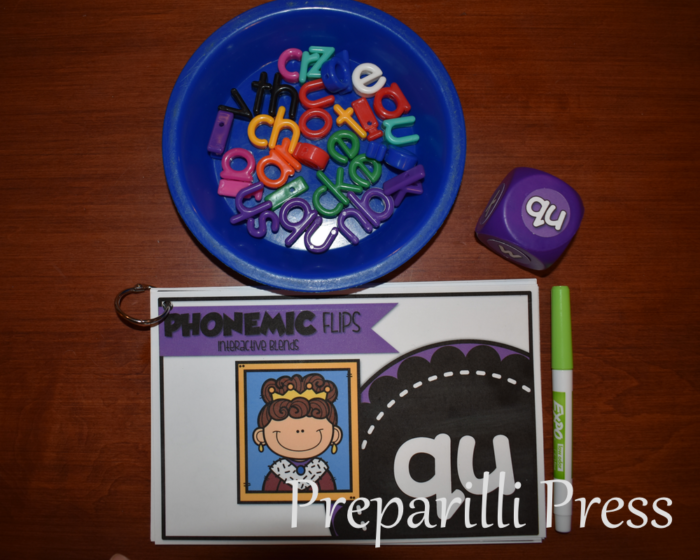
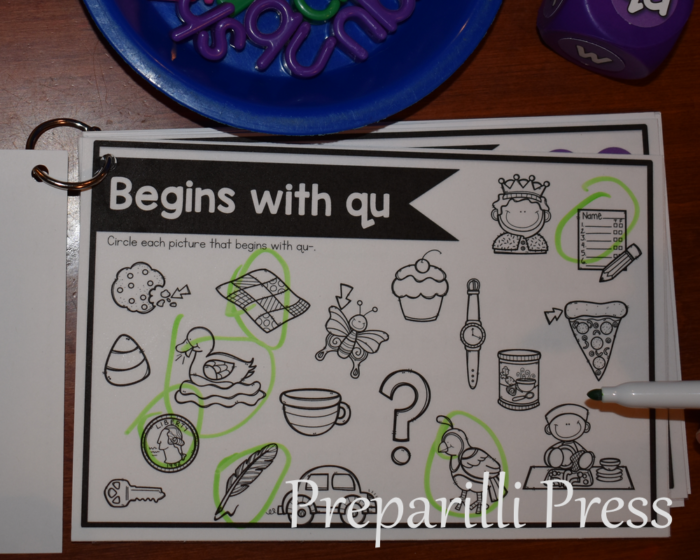
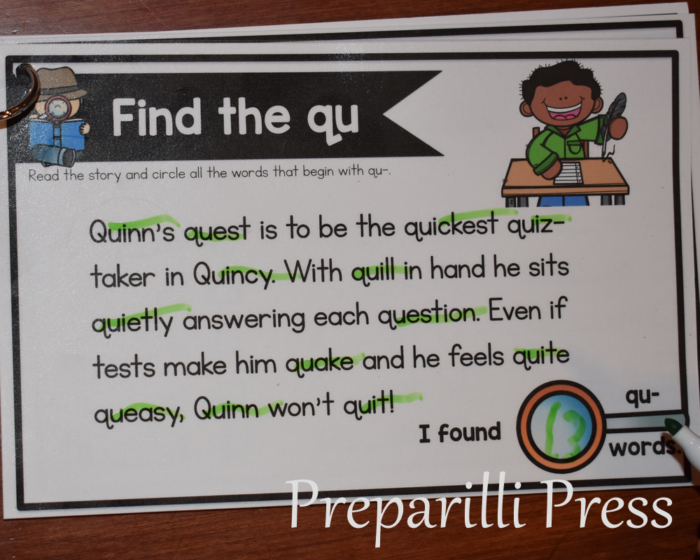
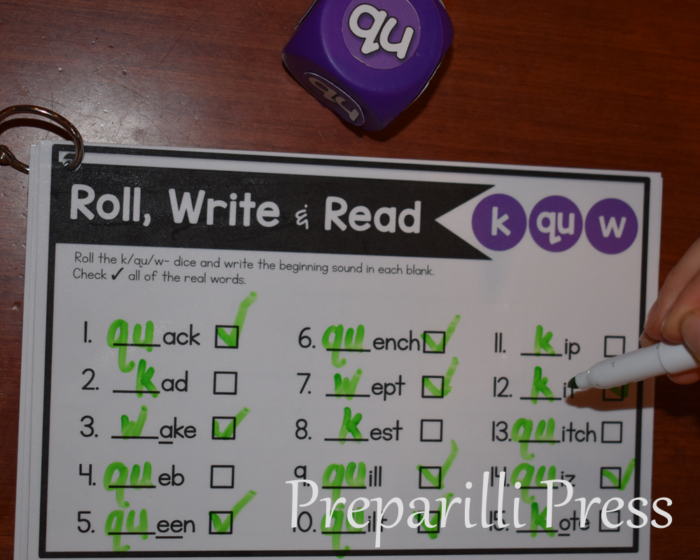
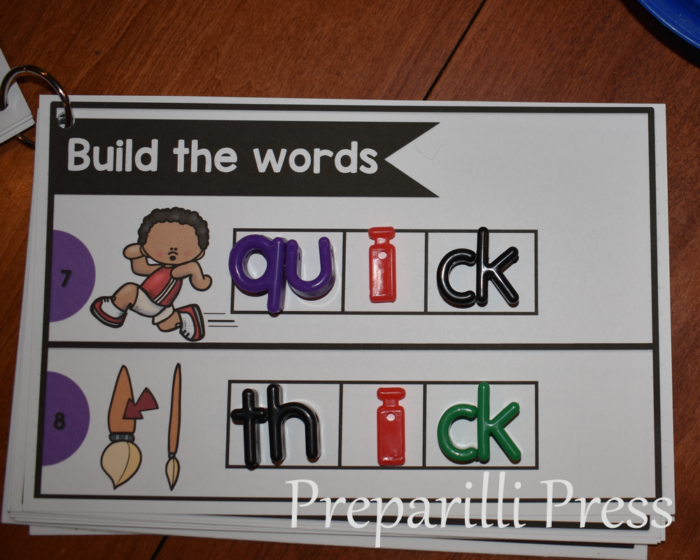
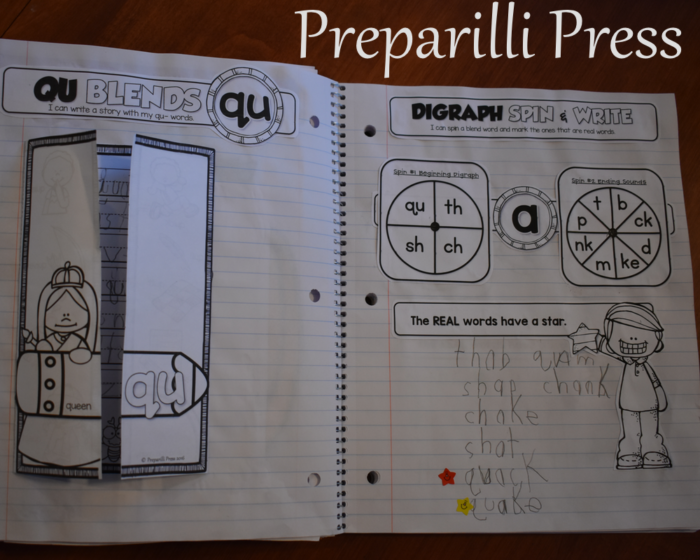
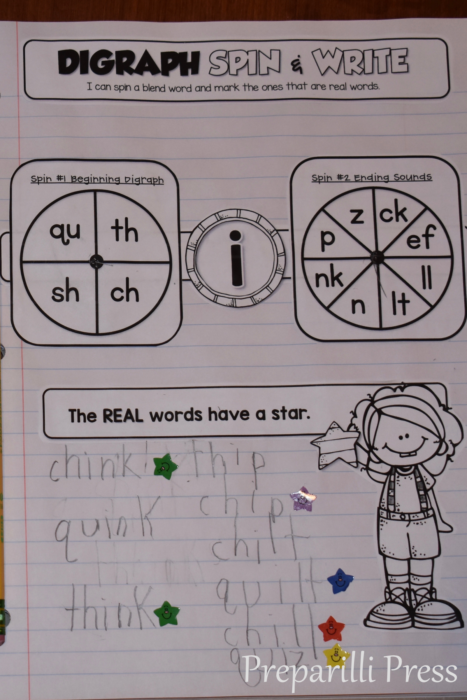
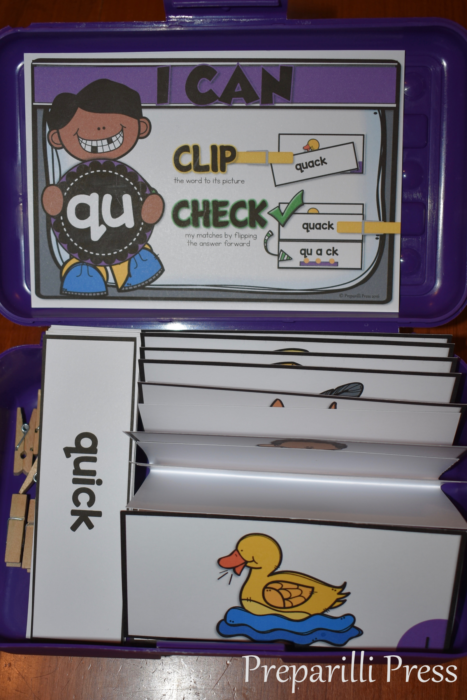
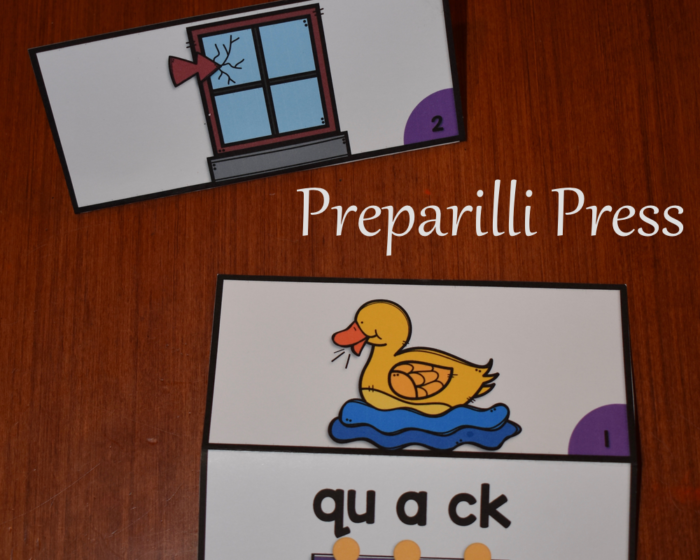
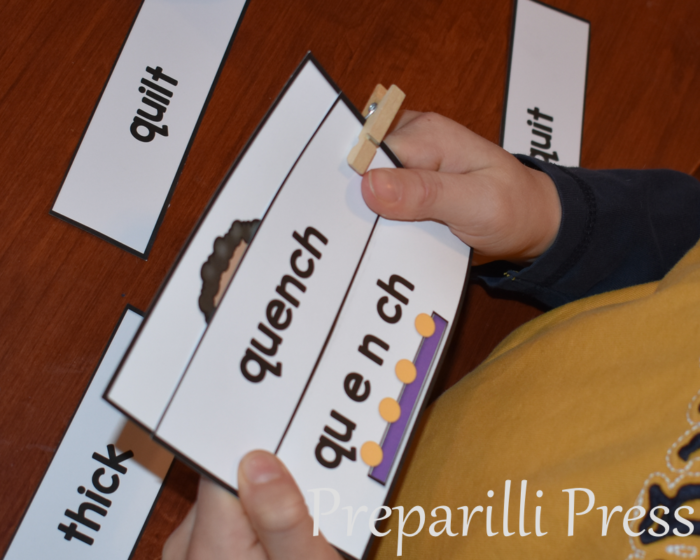

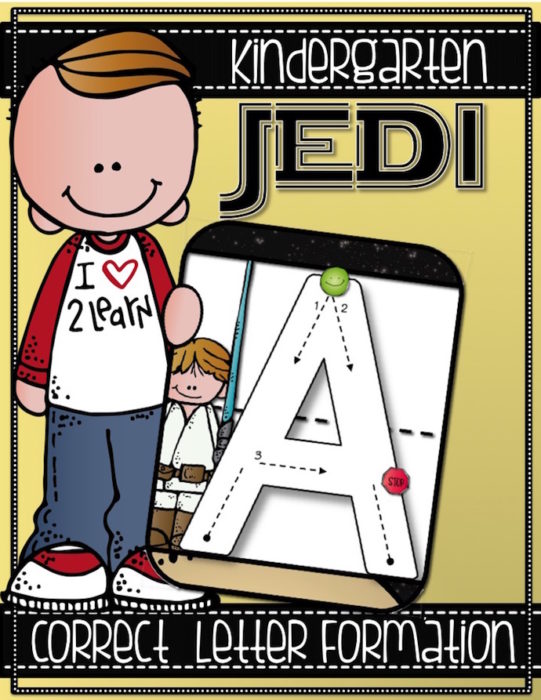
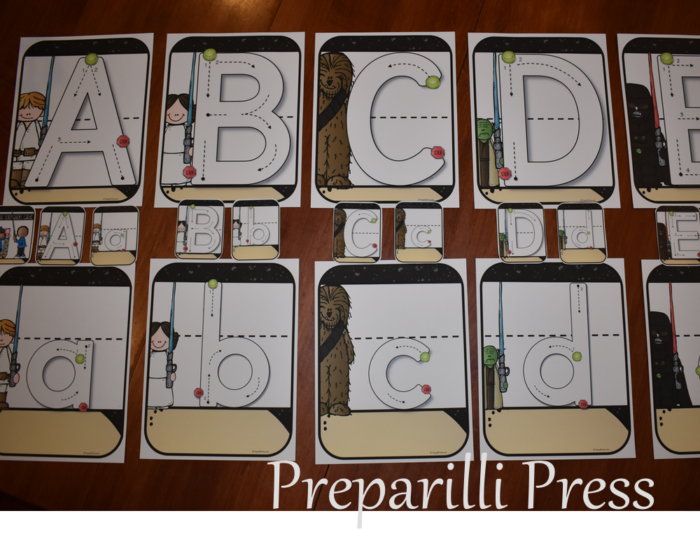 Great for visual learners!
Great for visual learners!